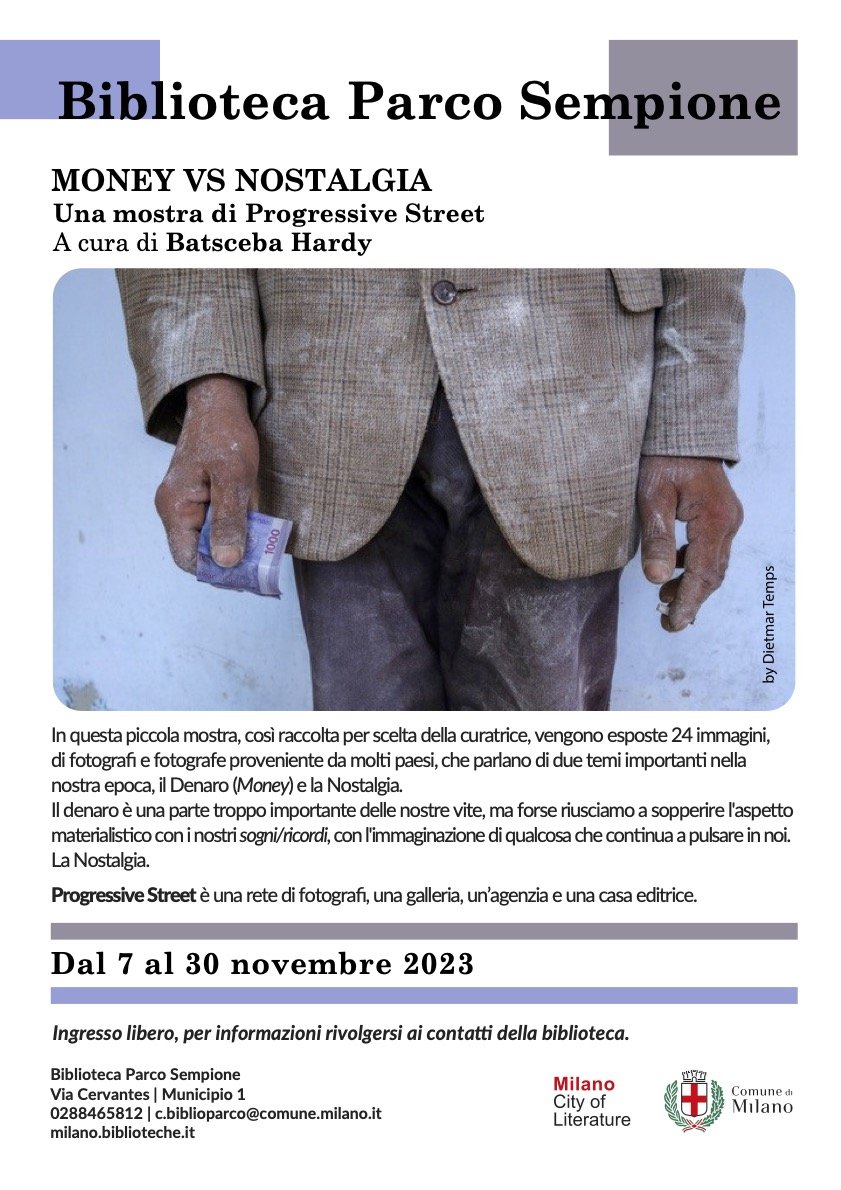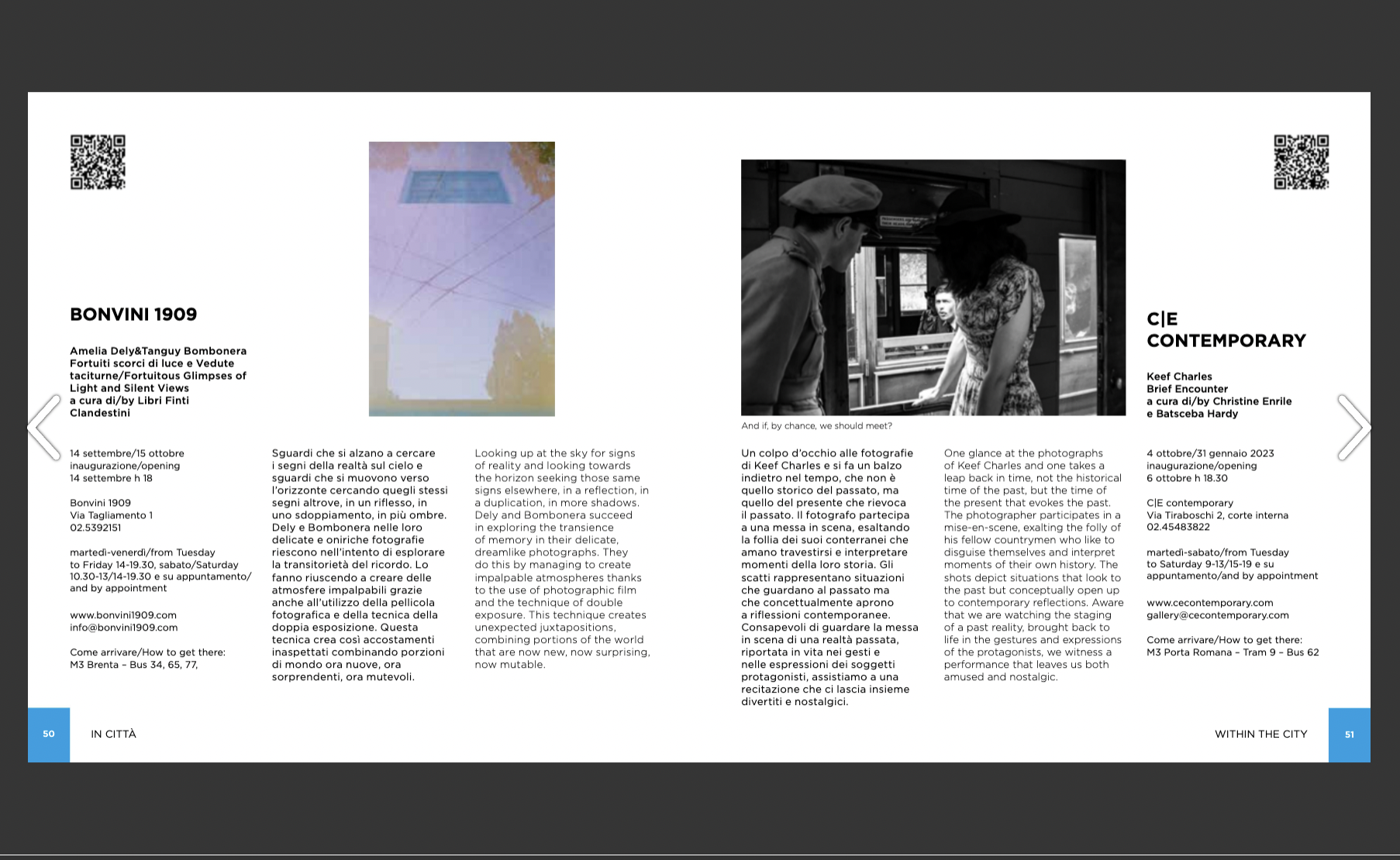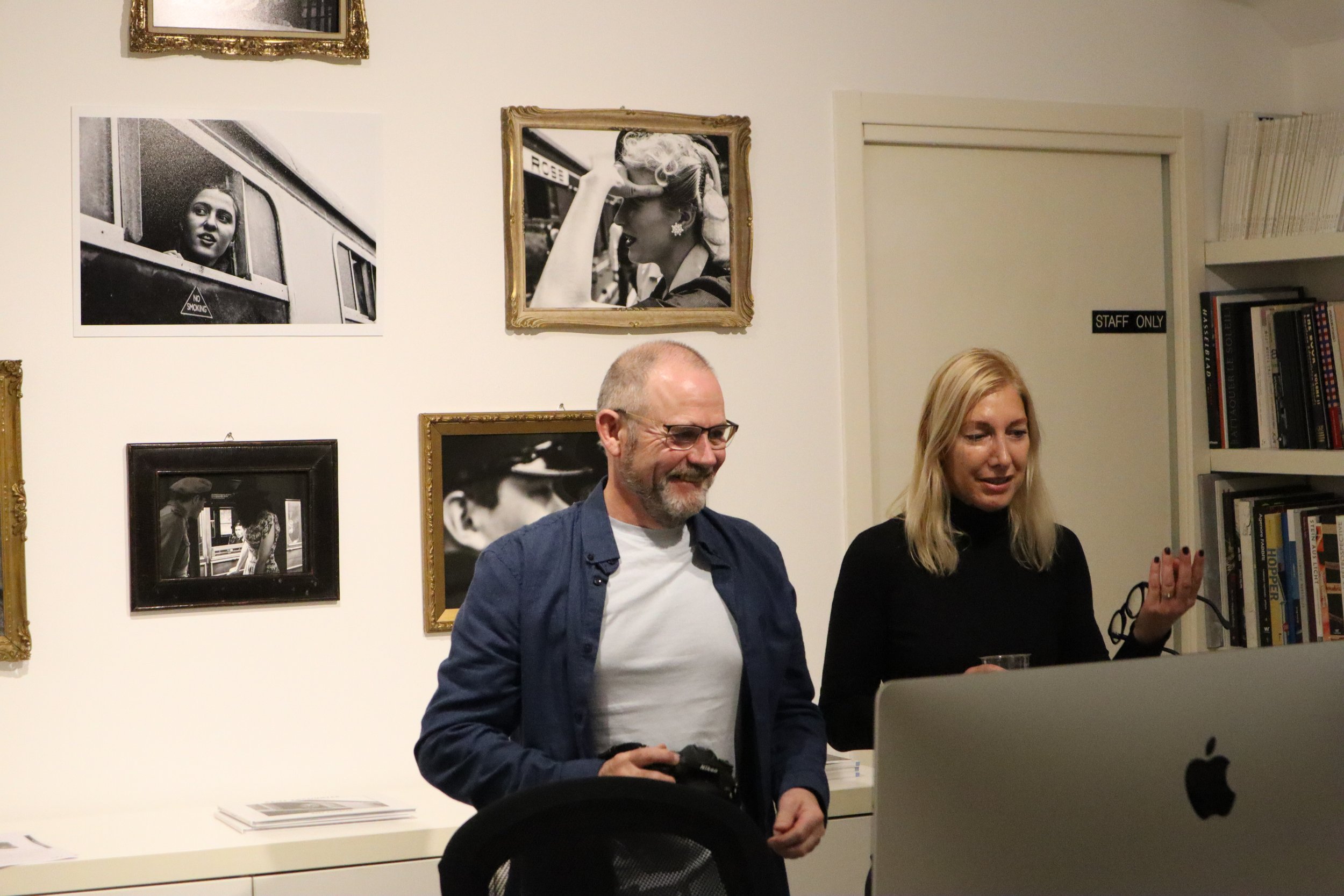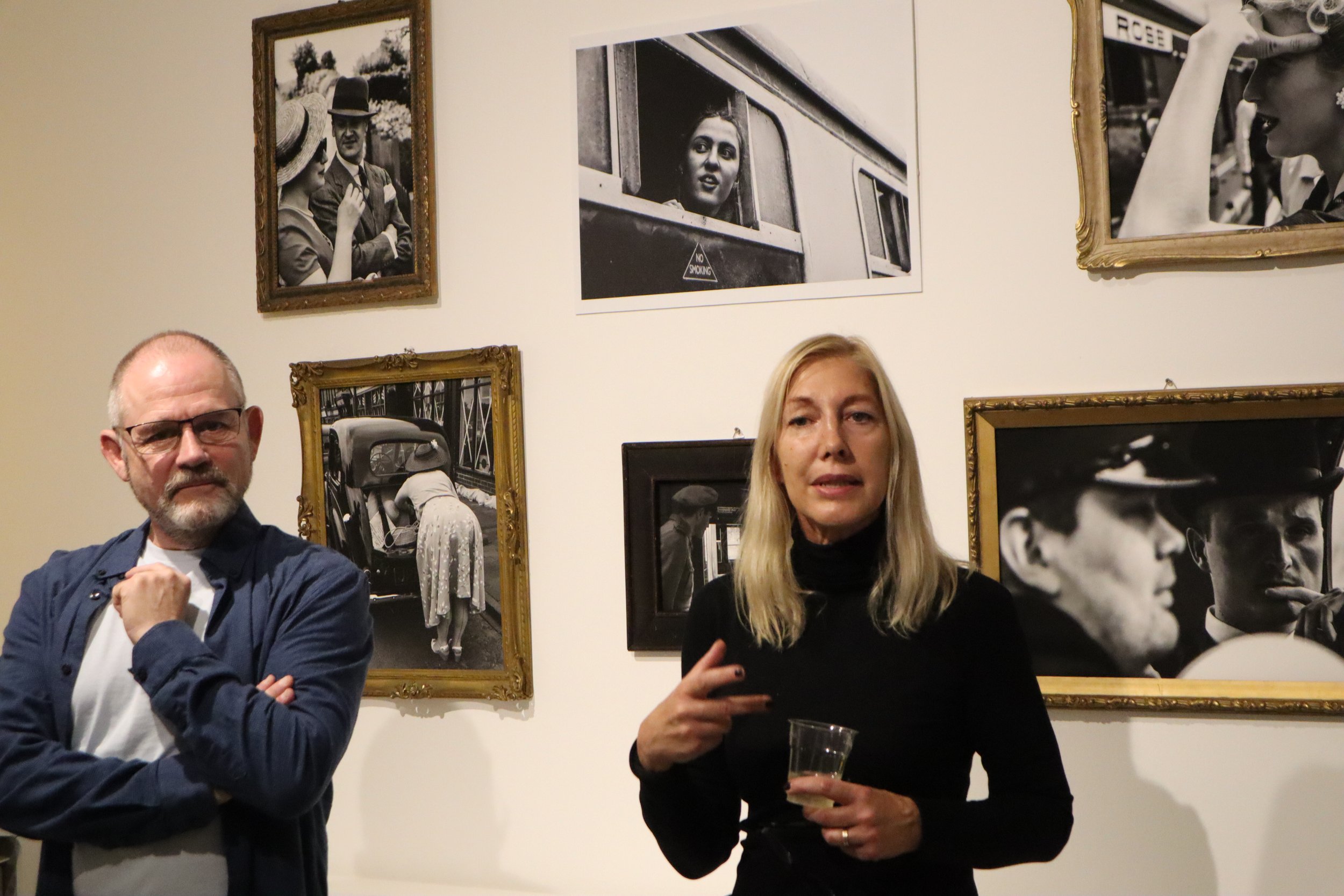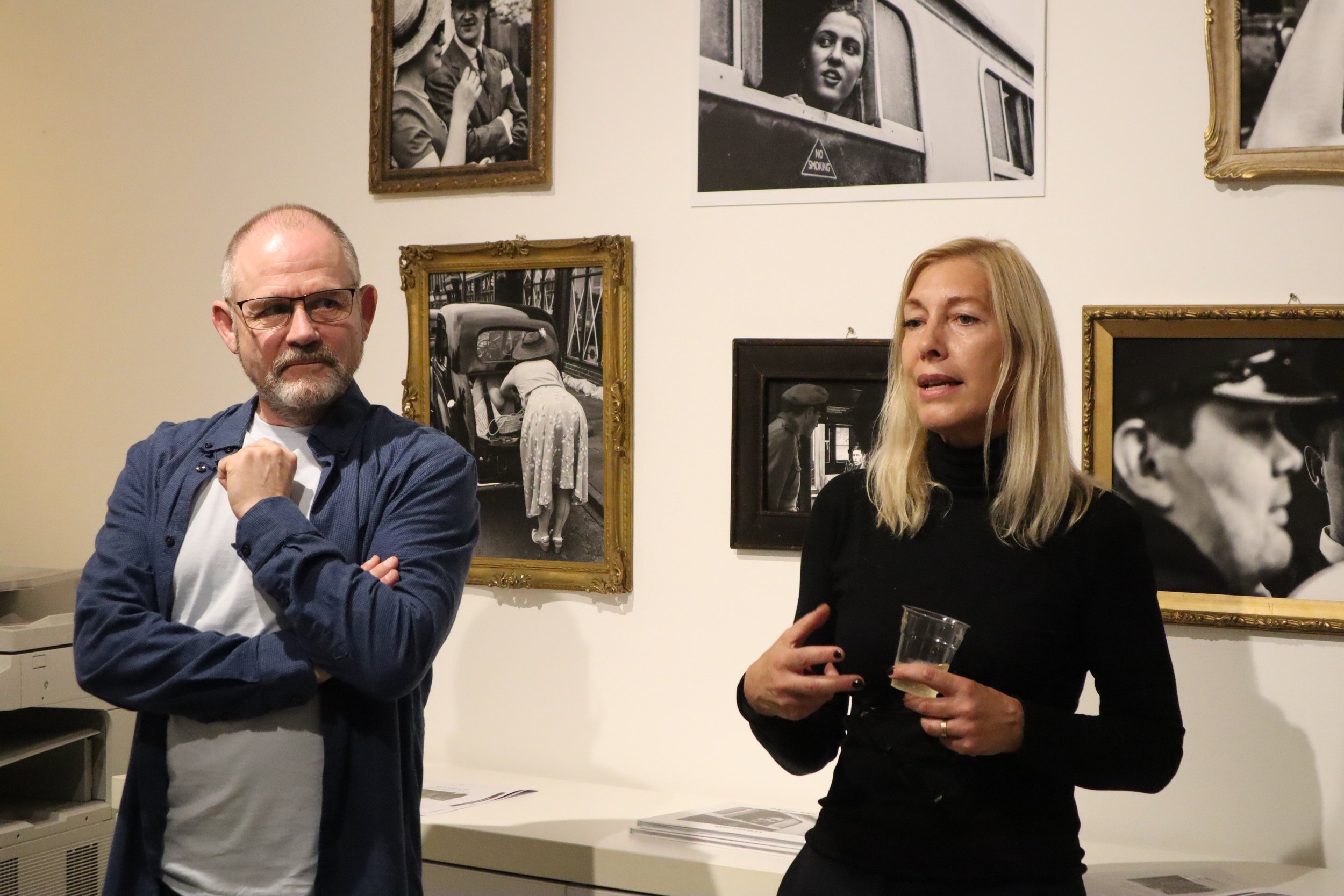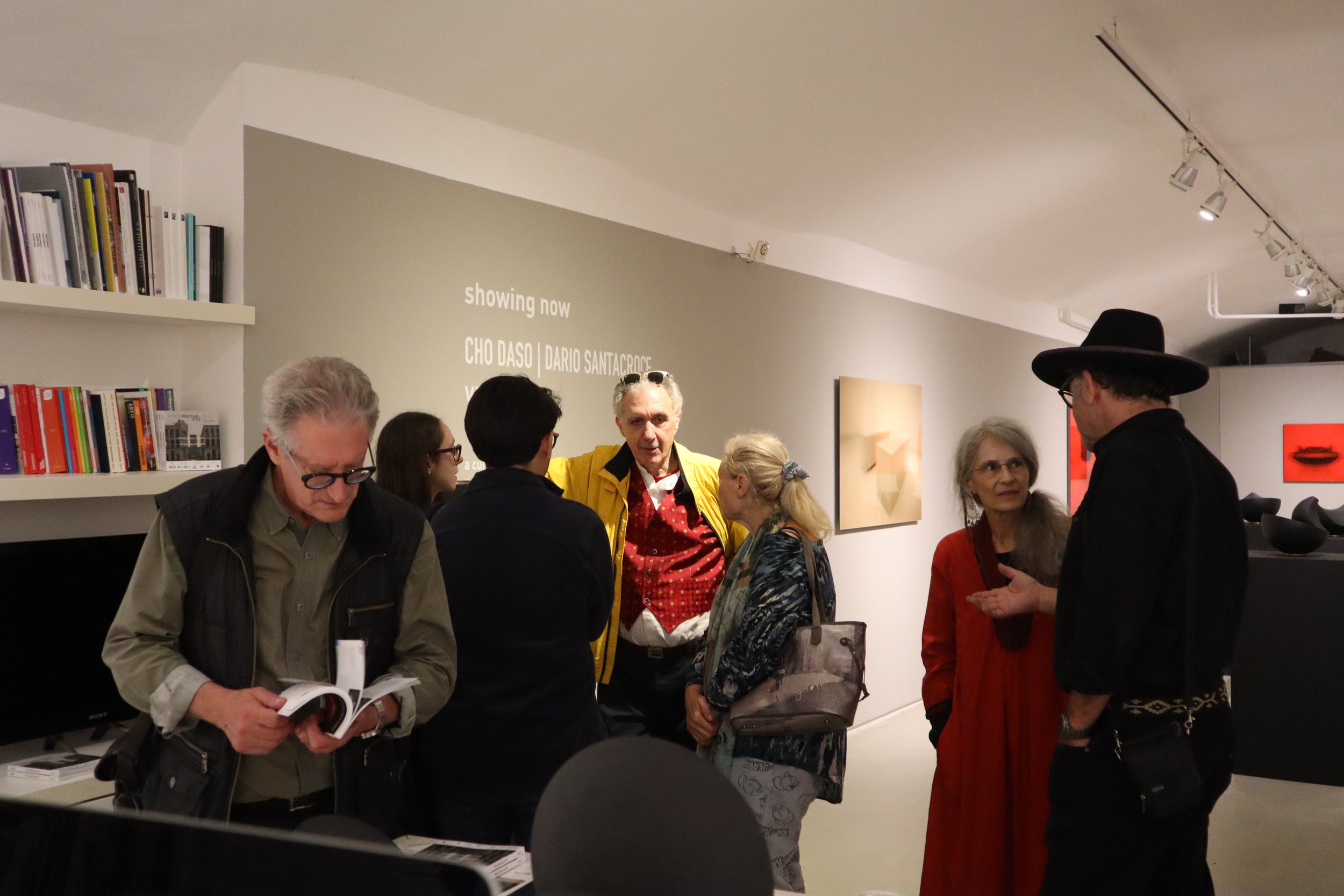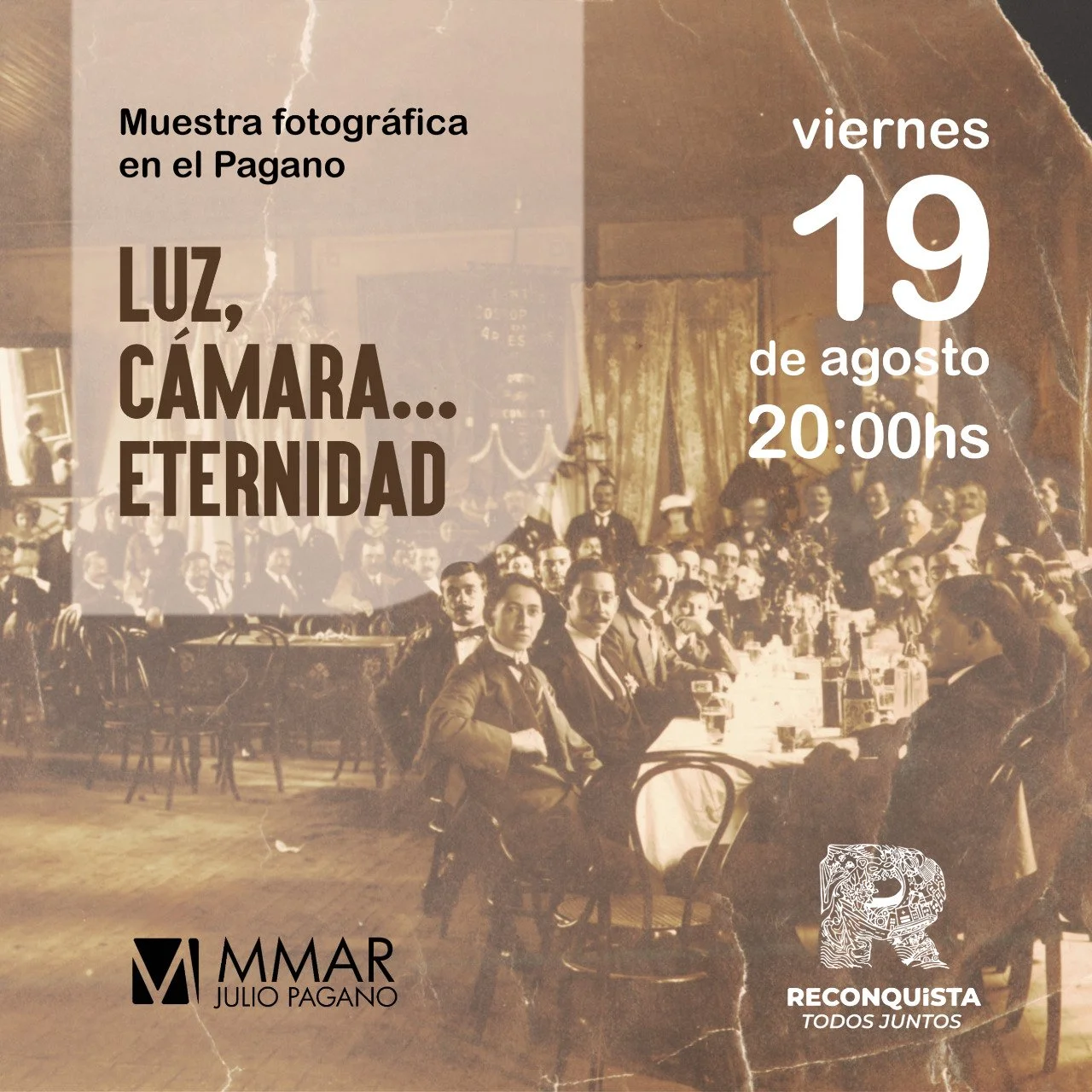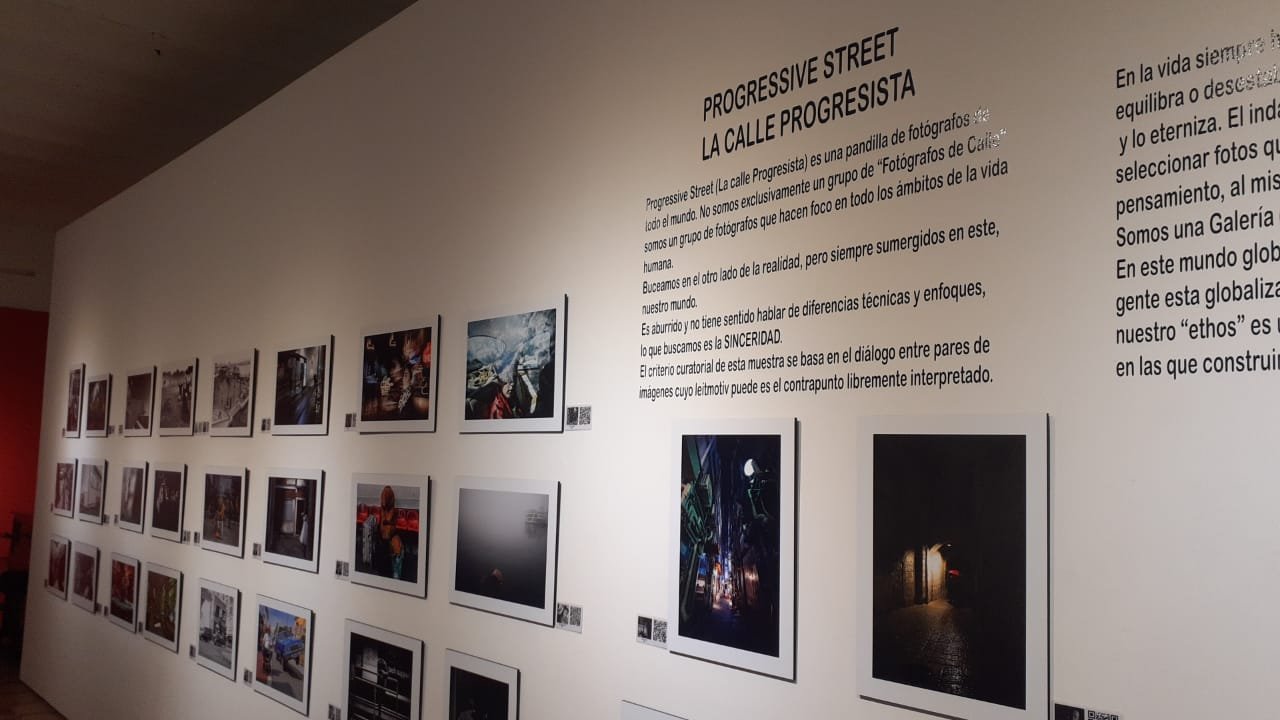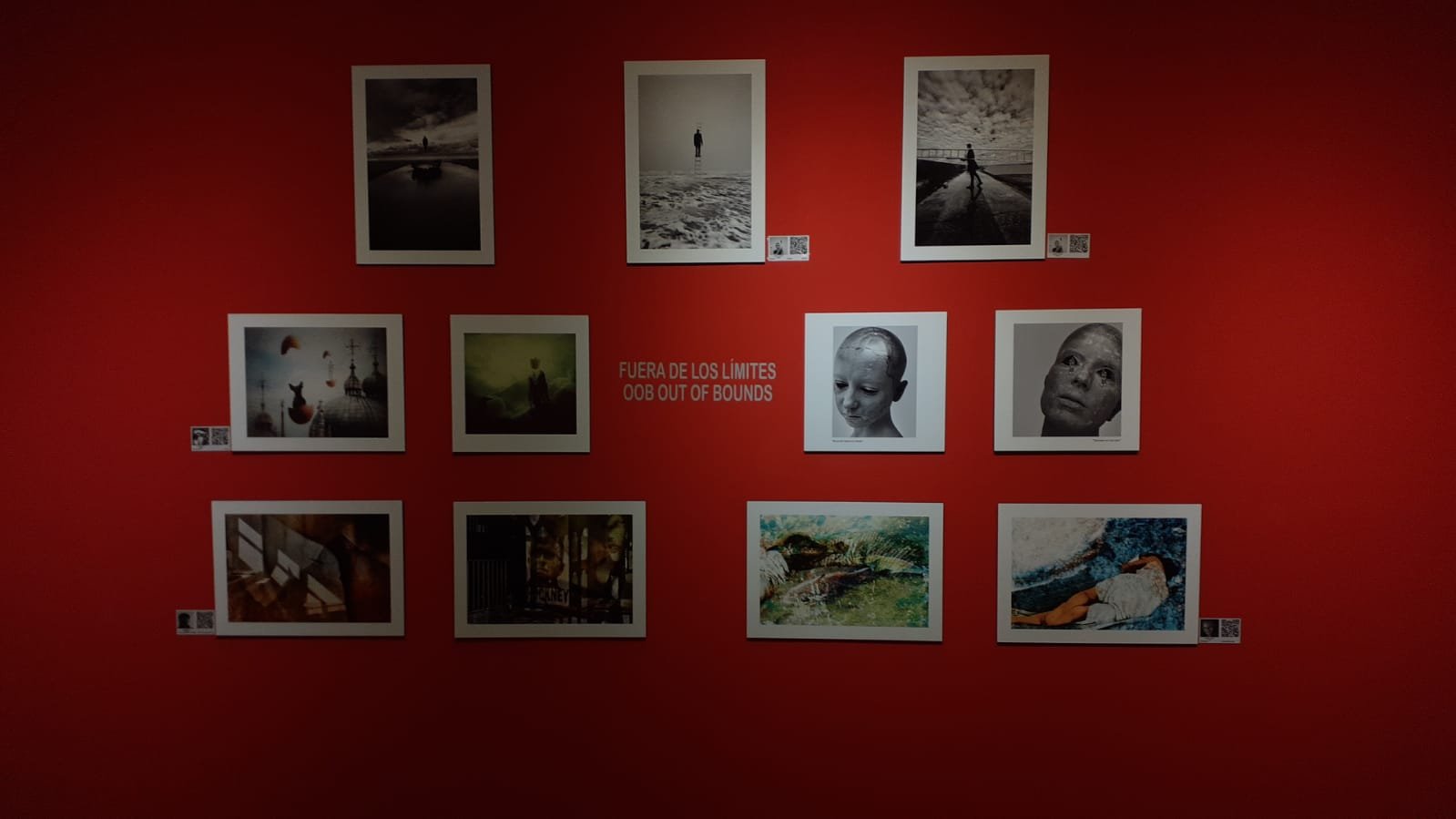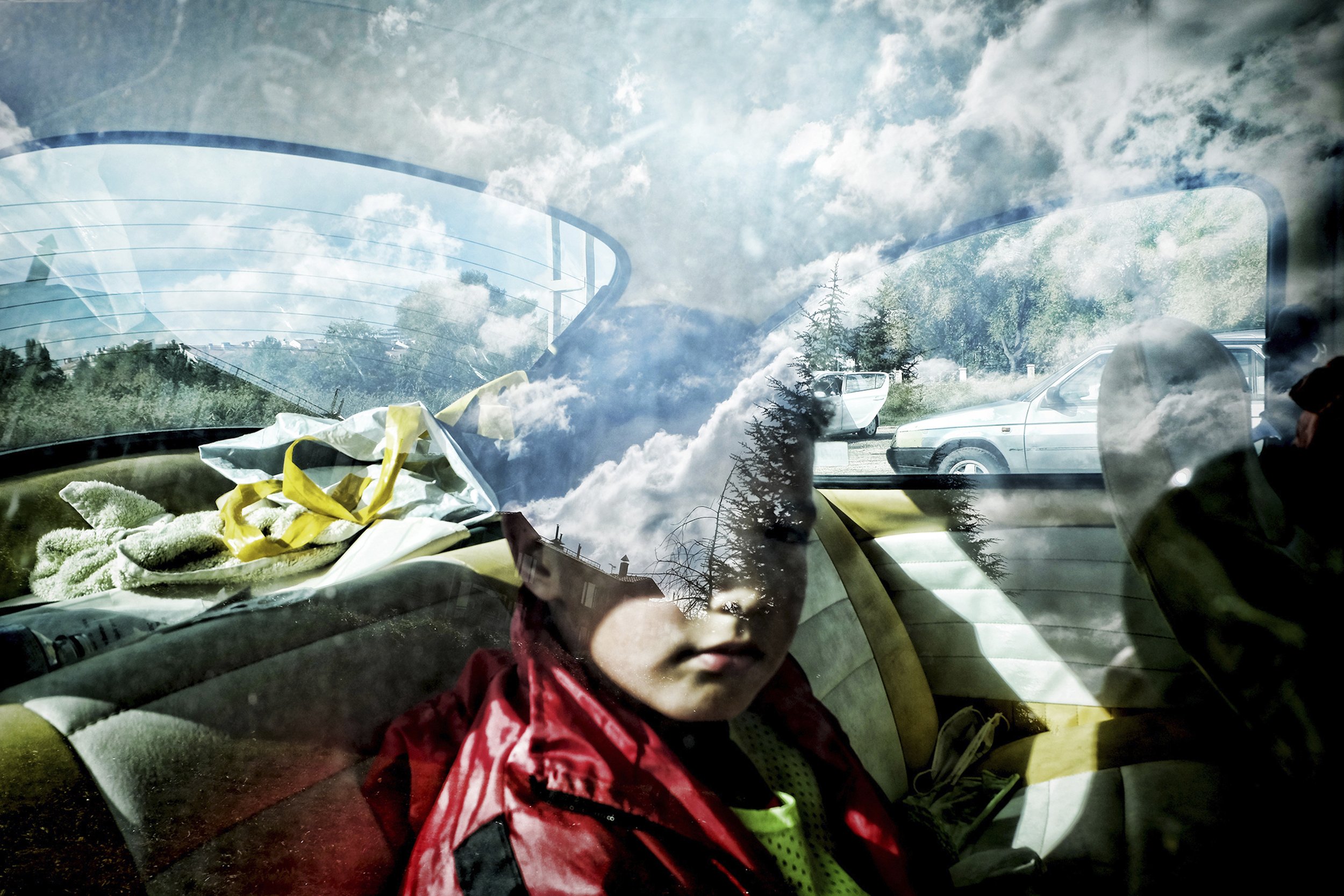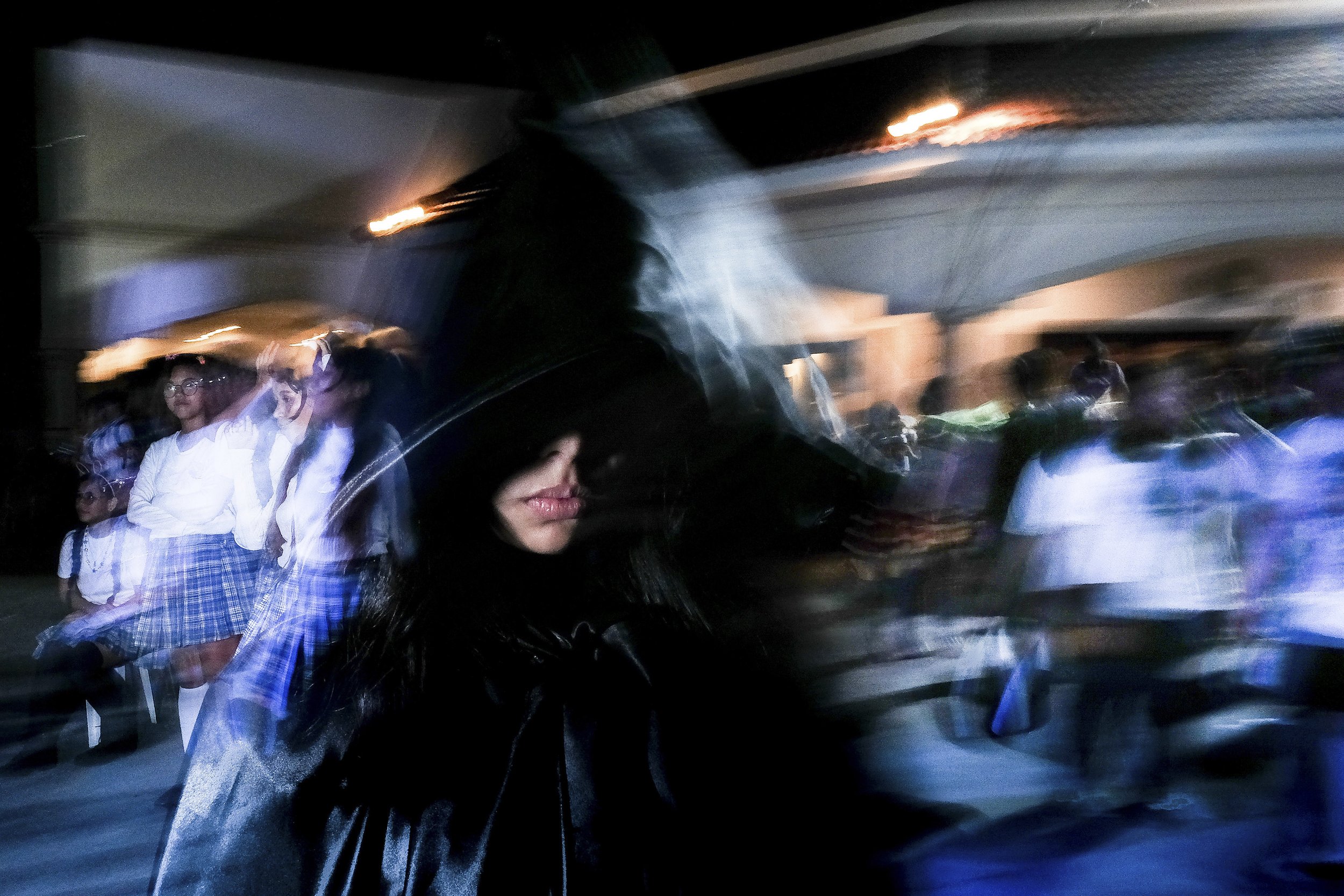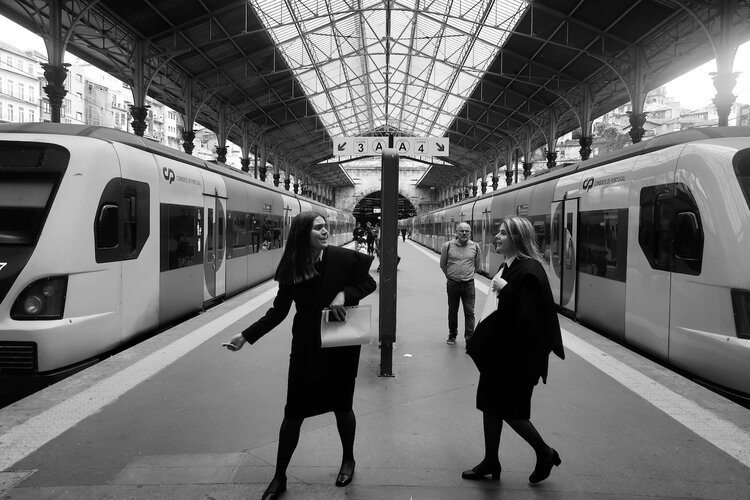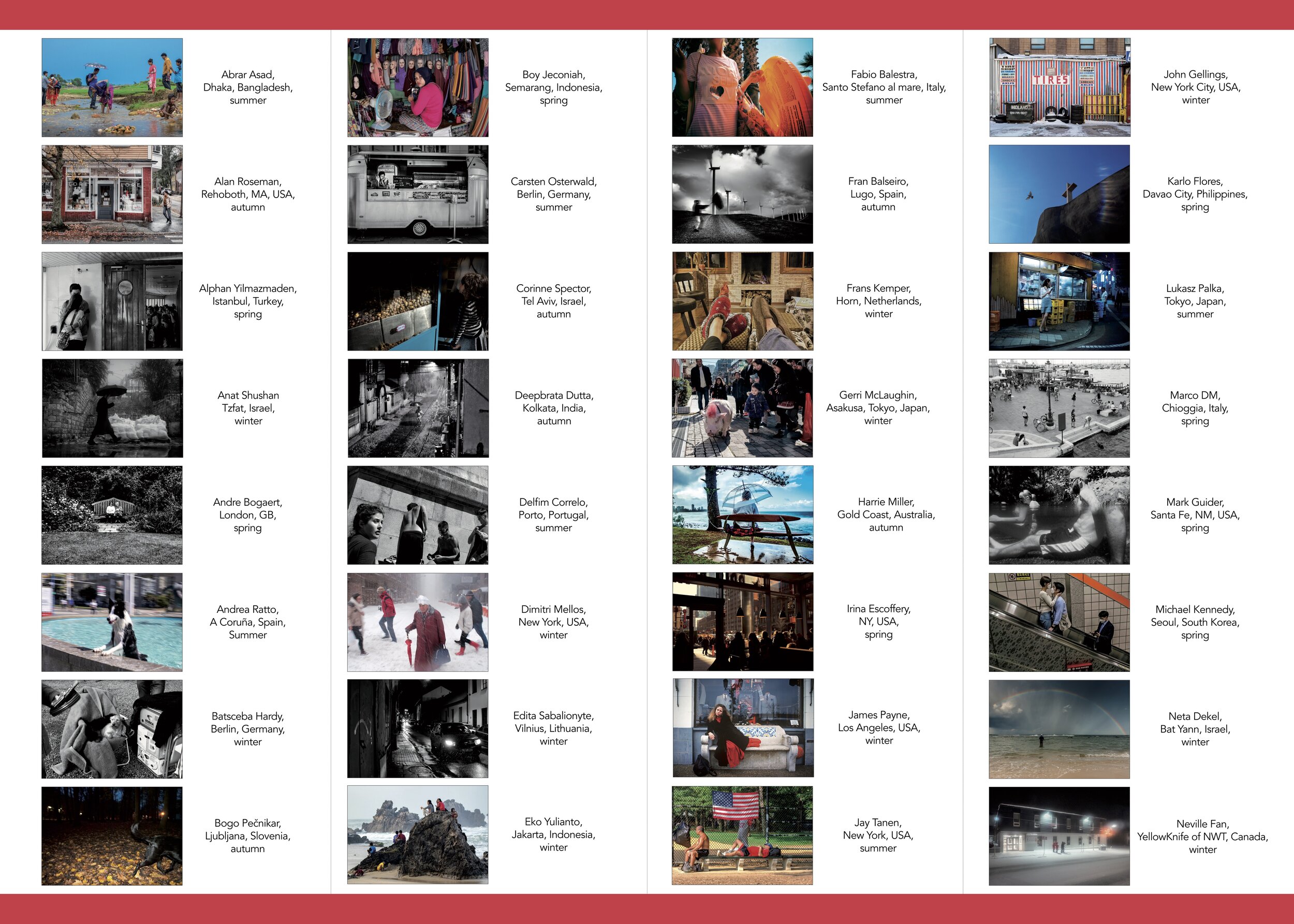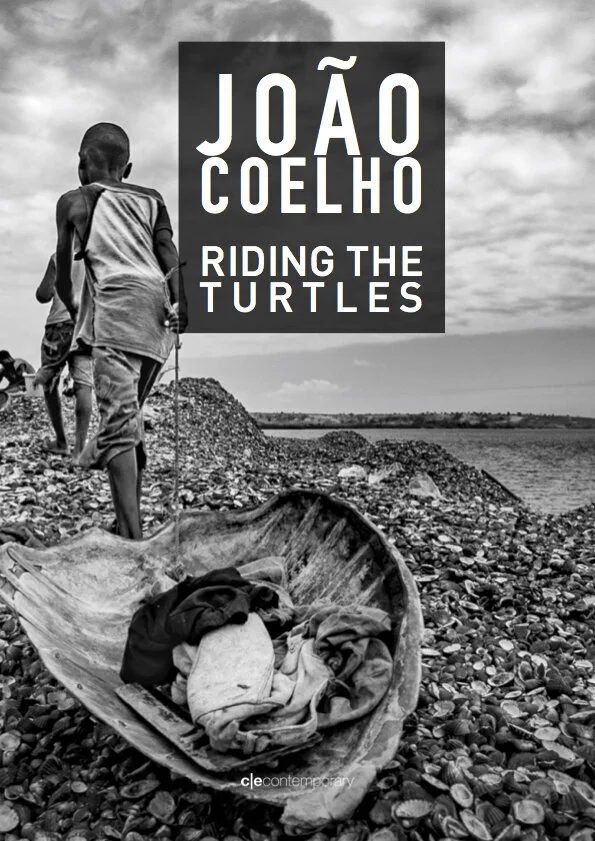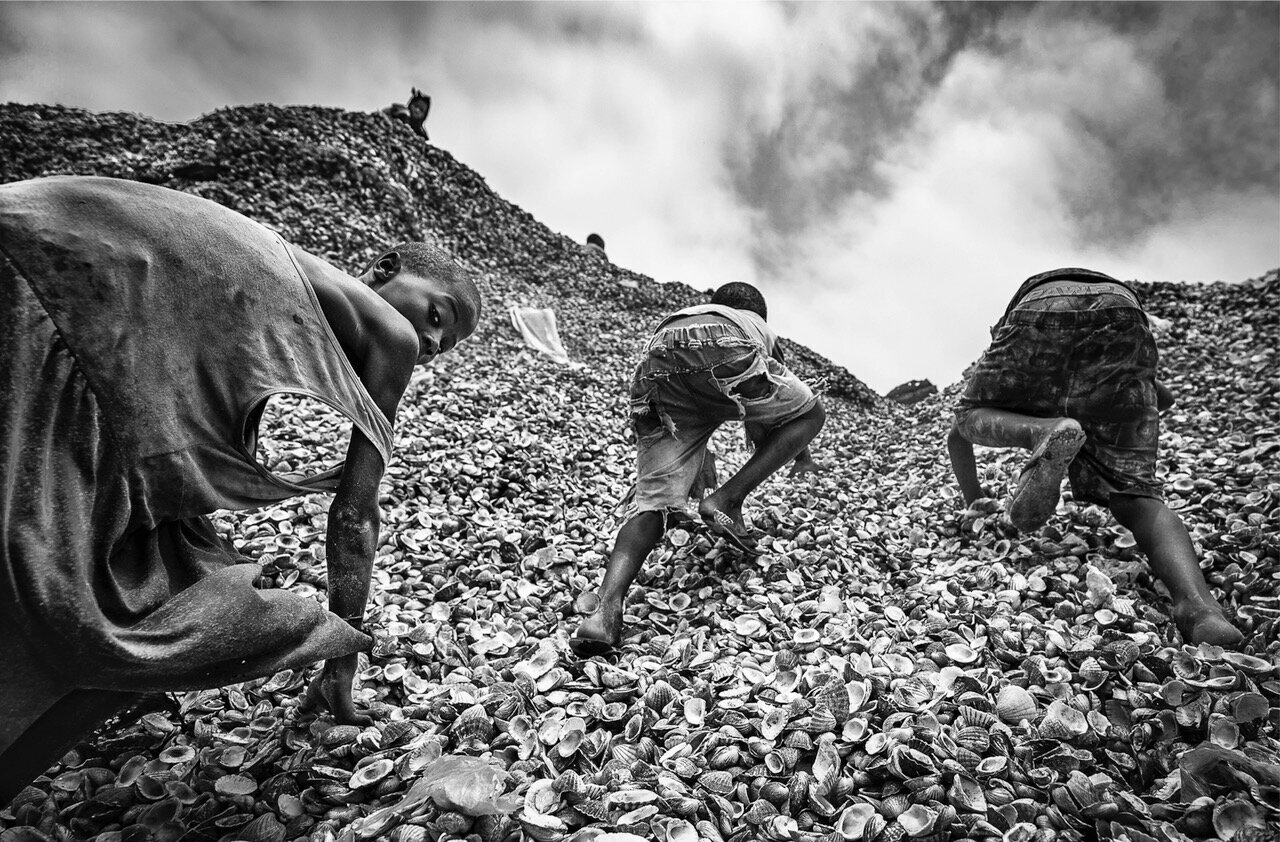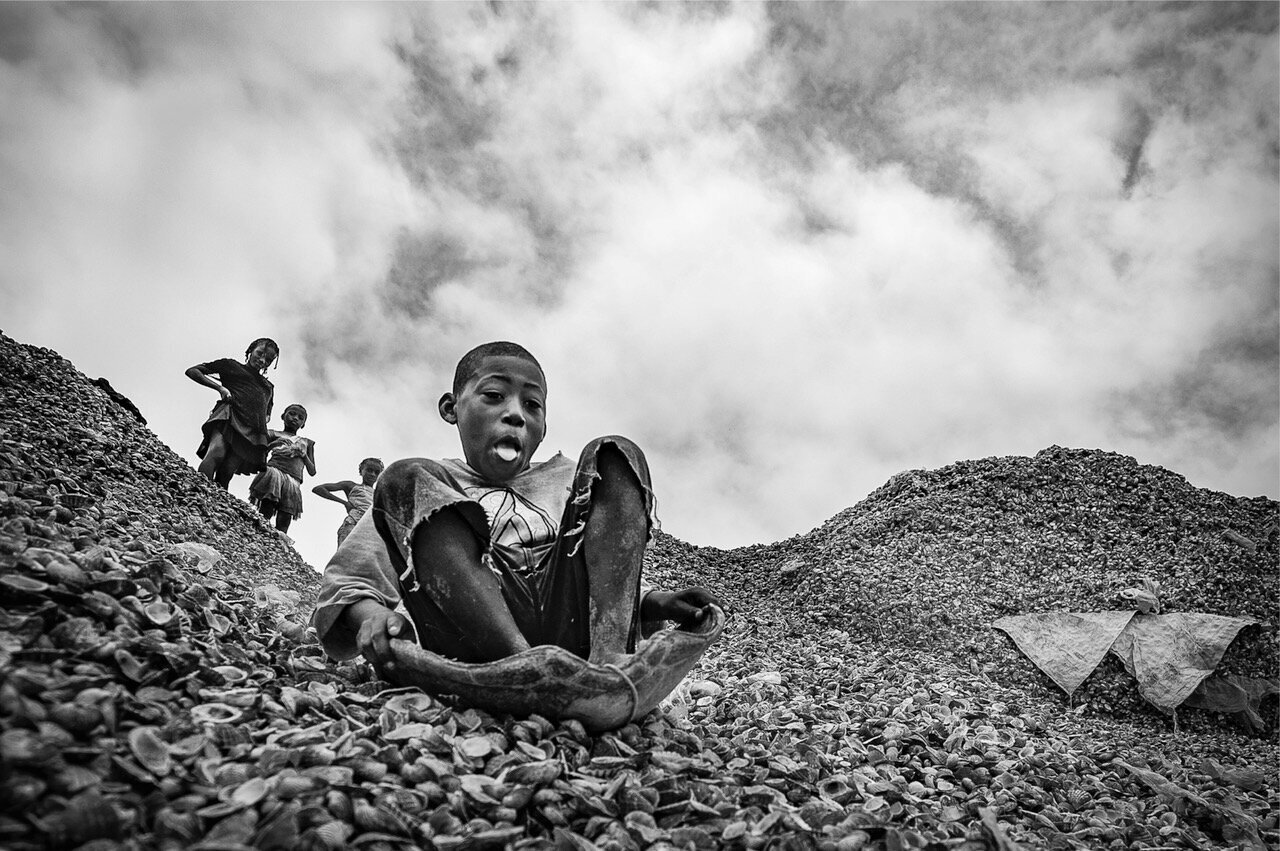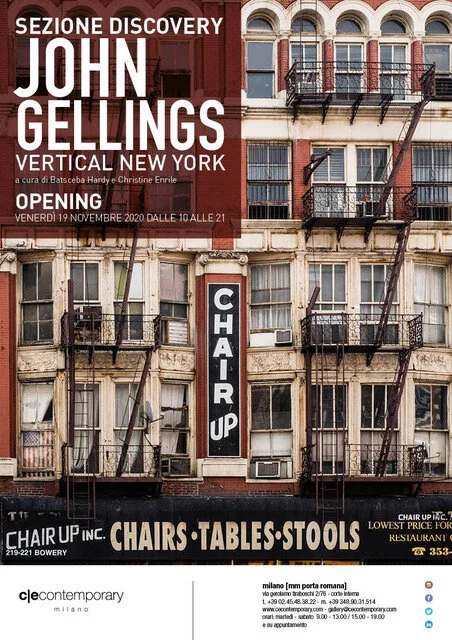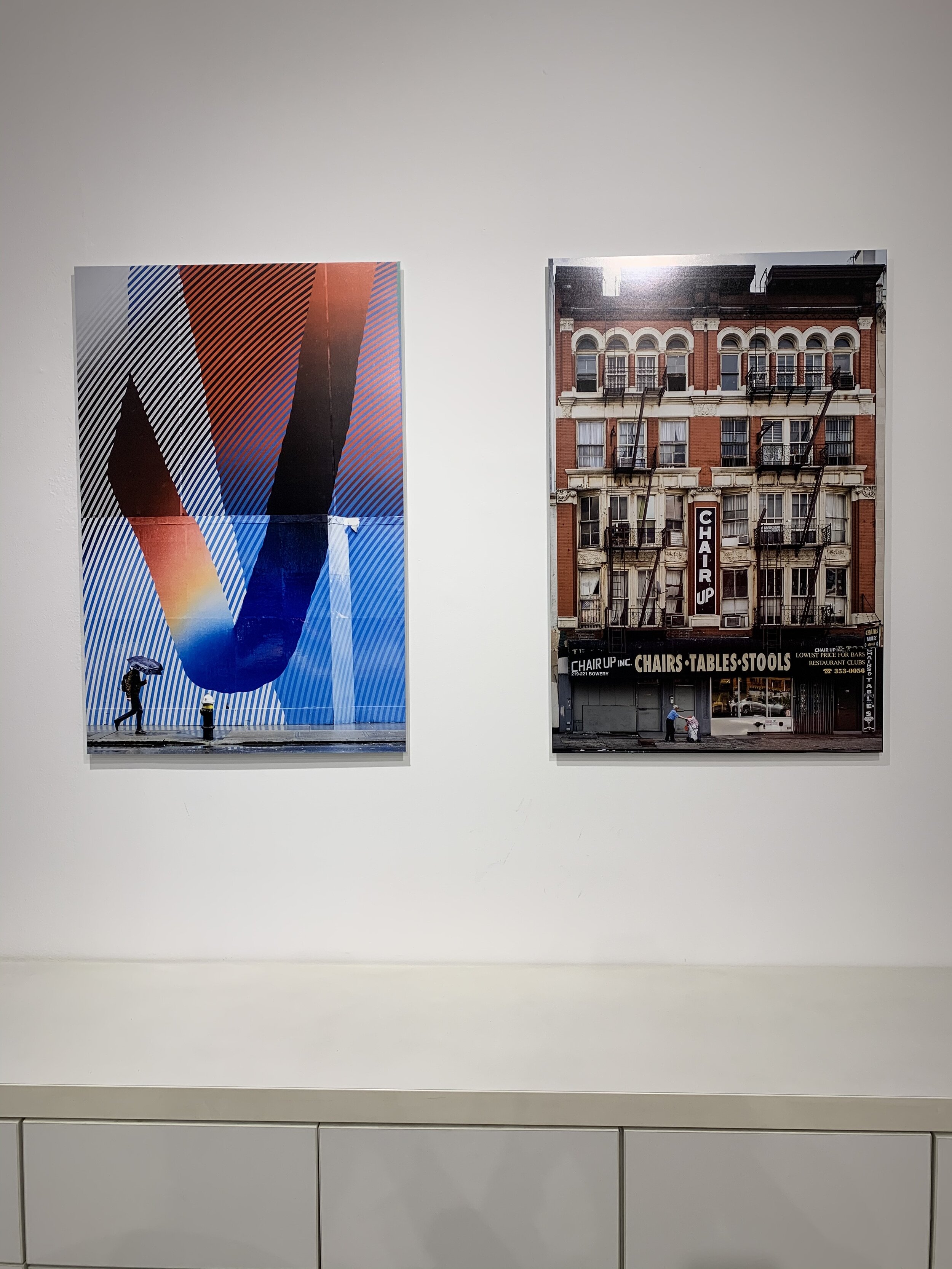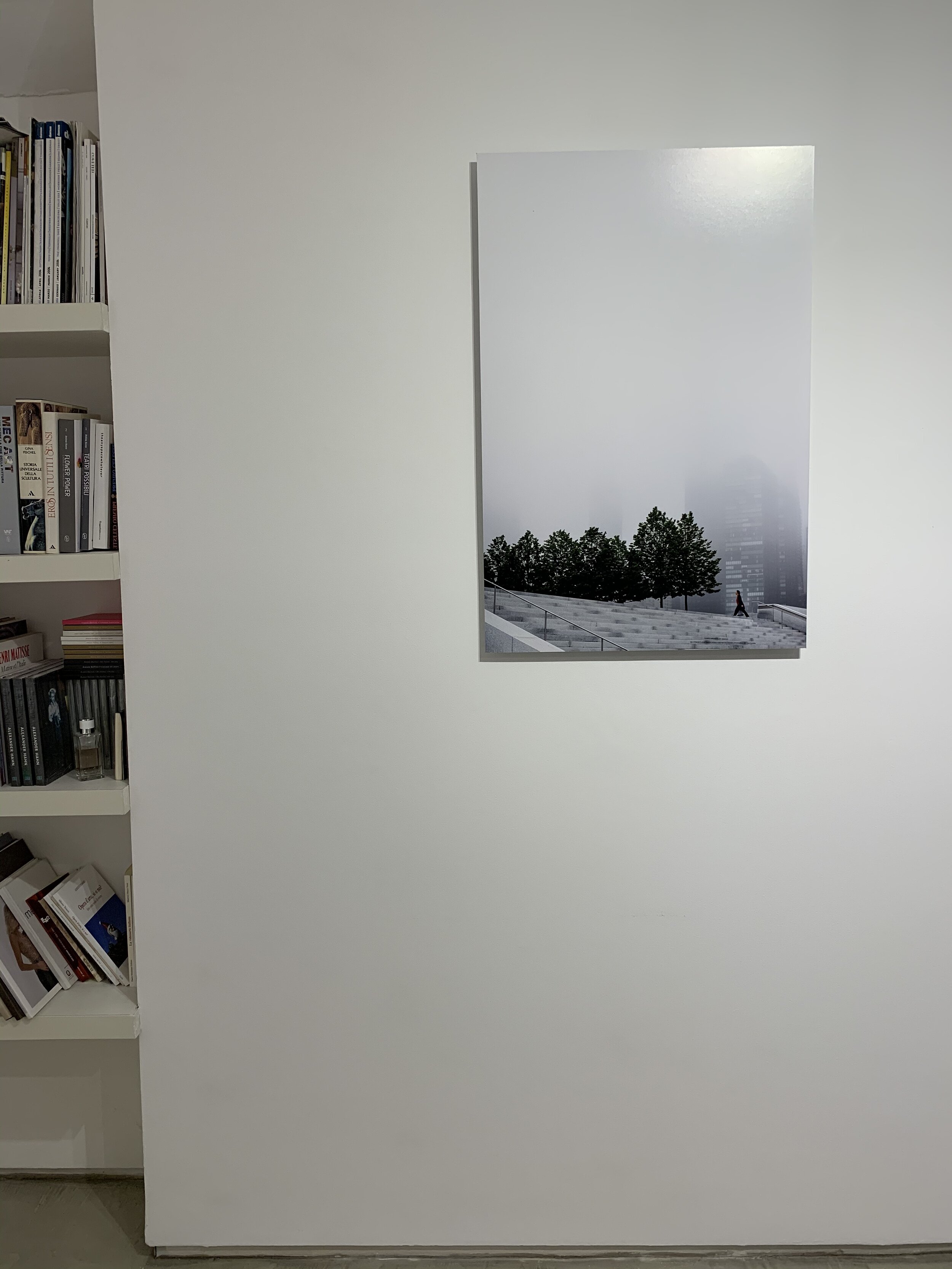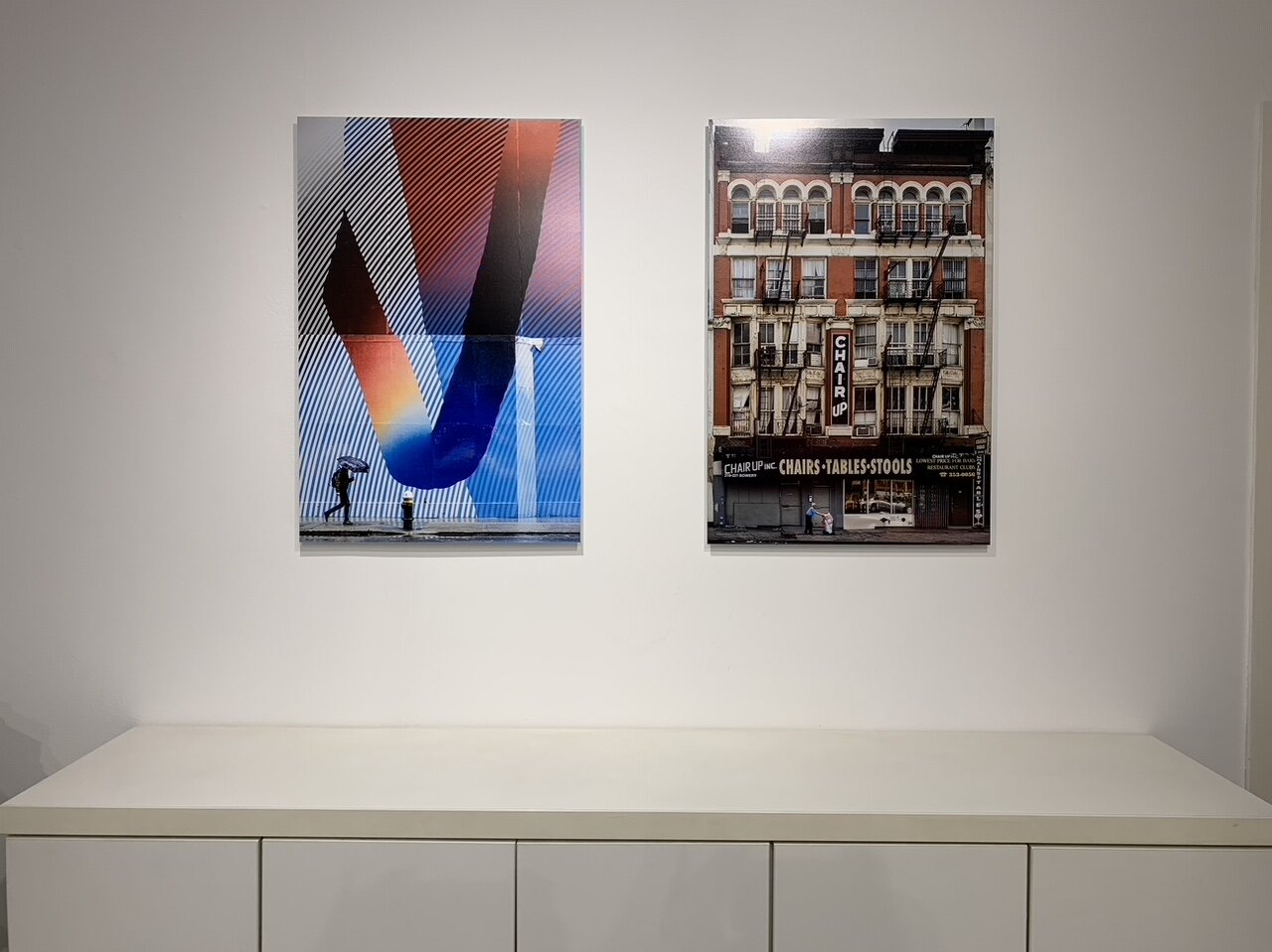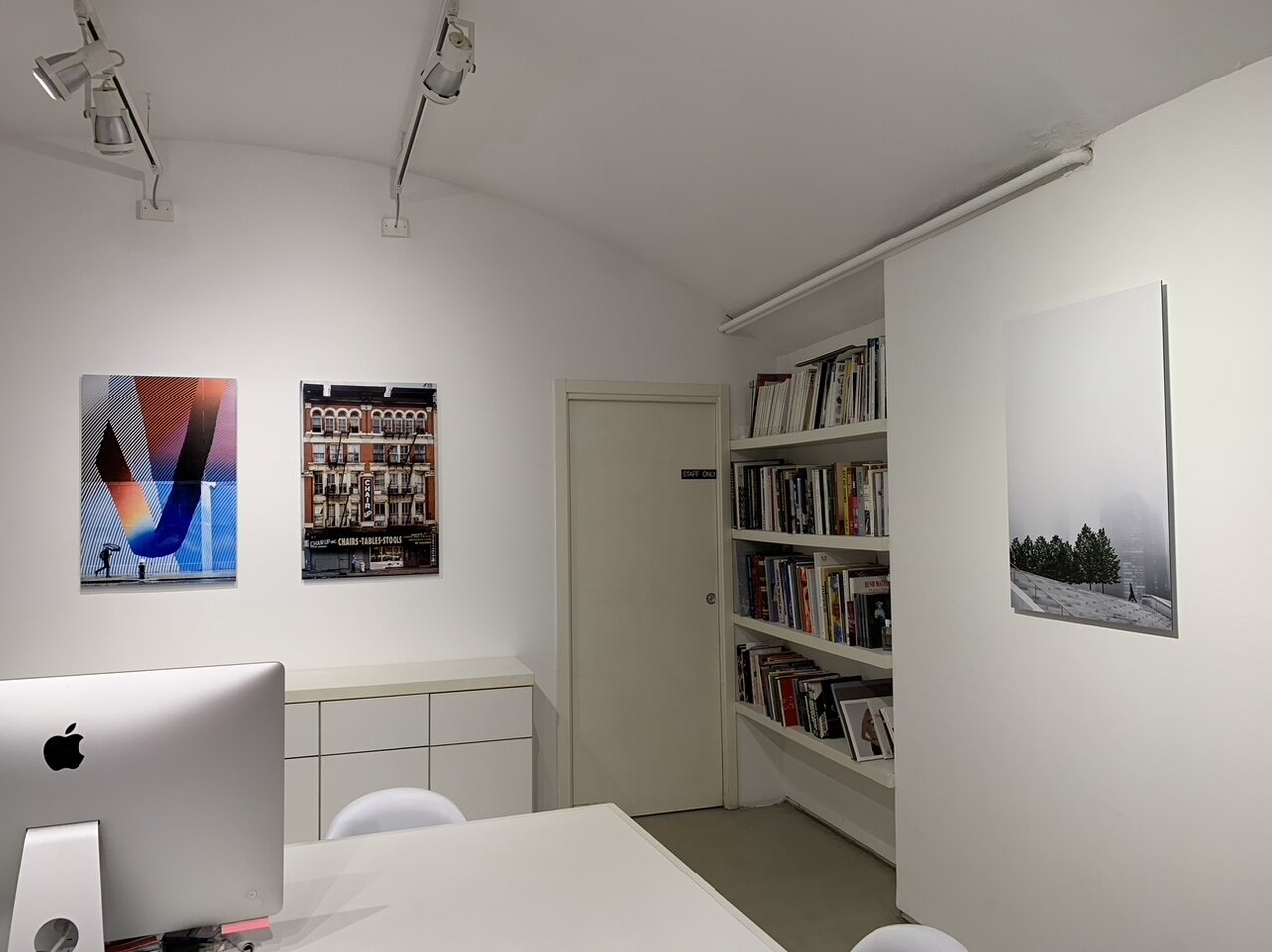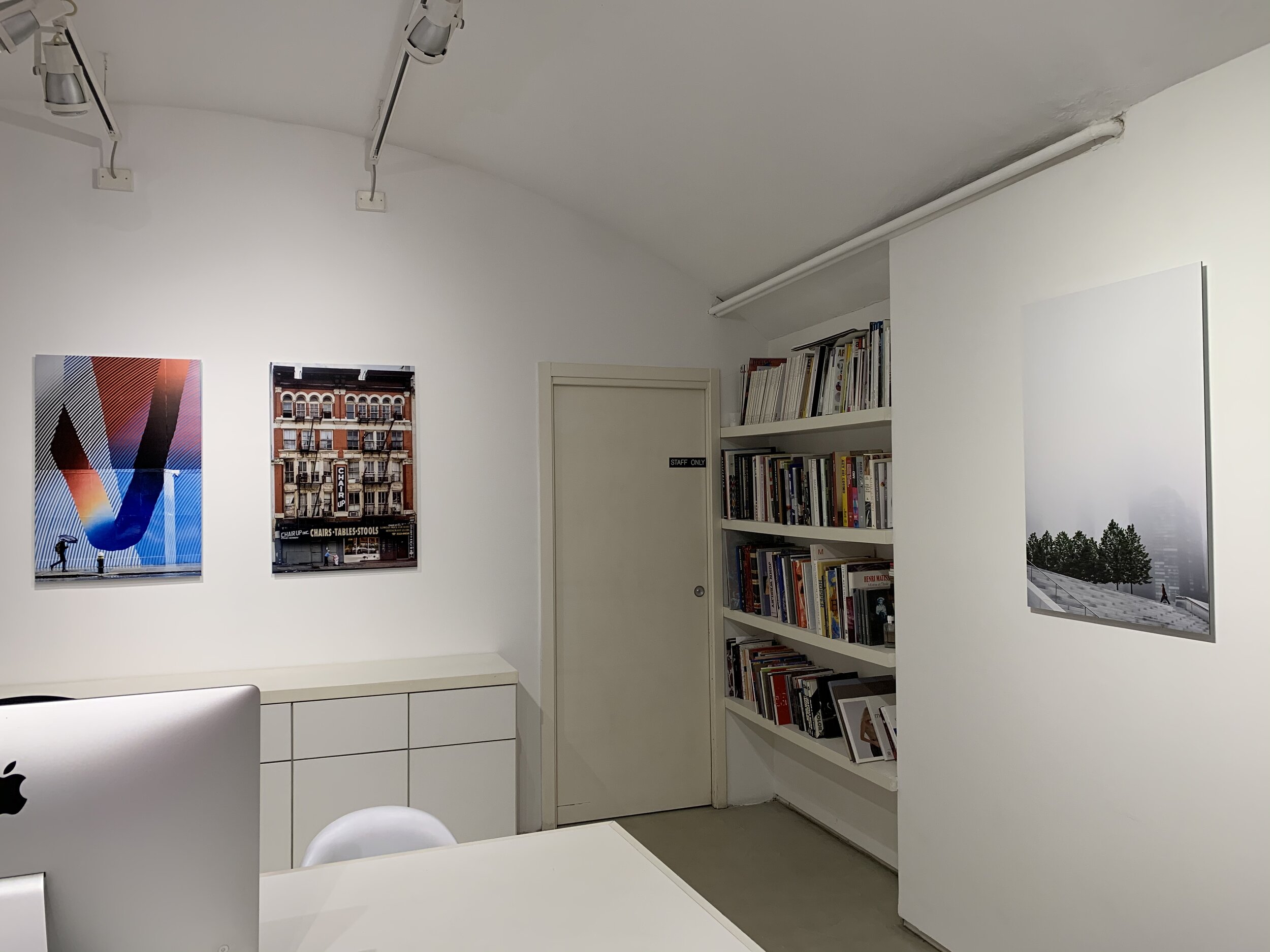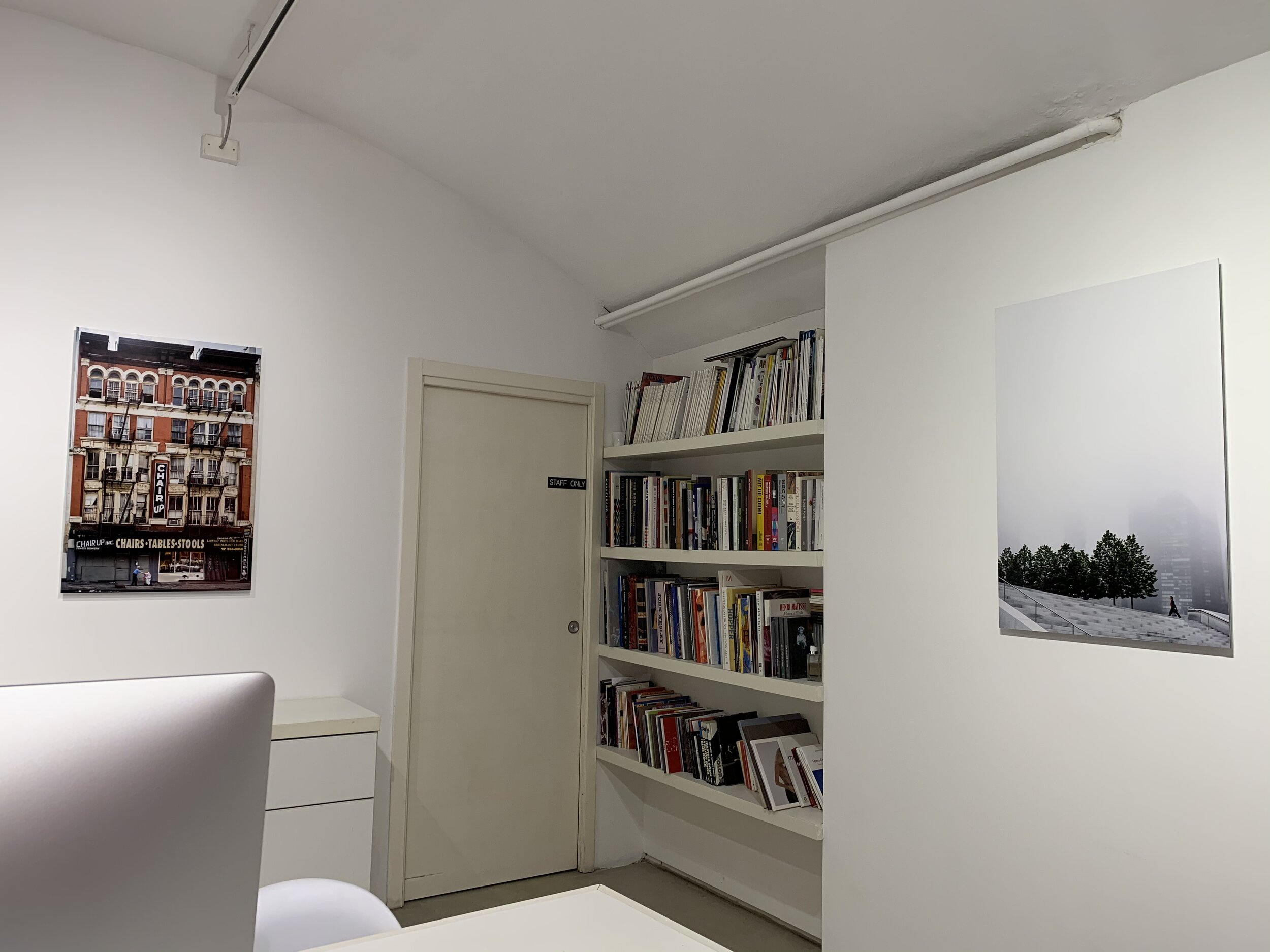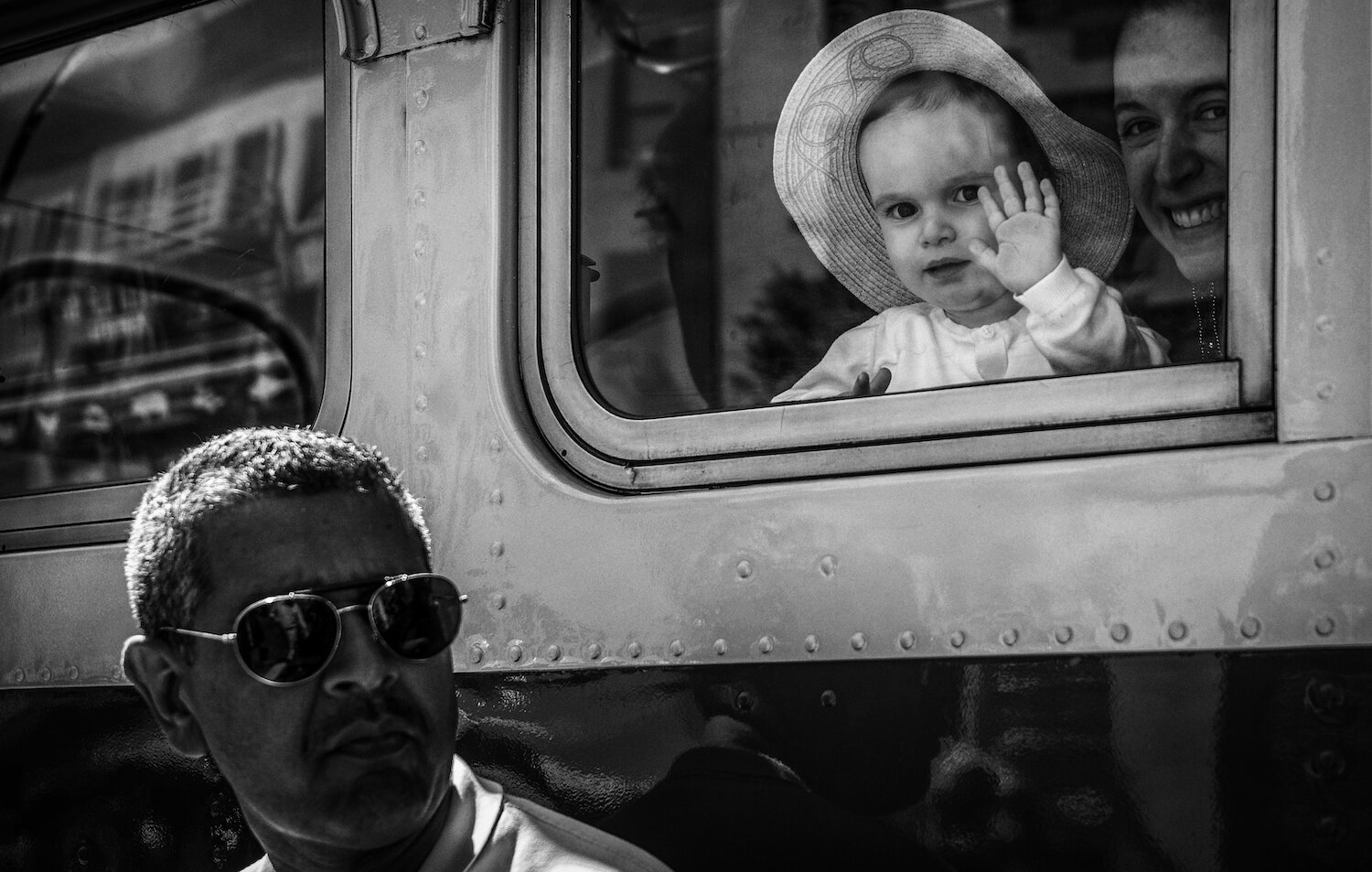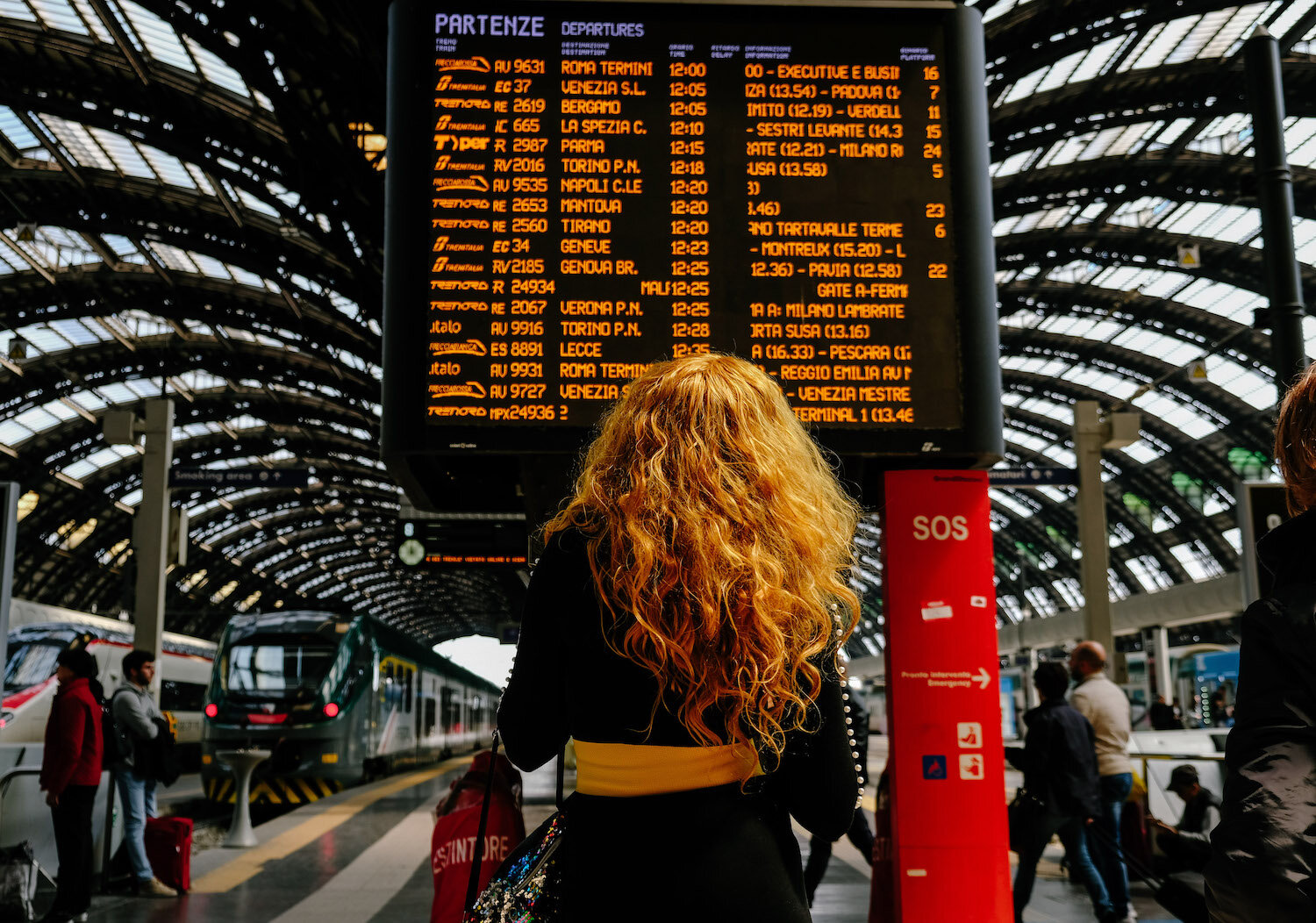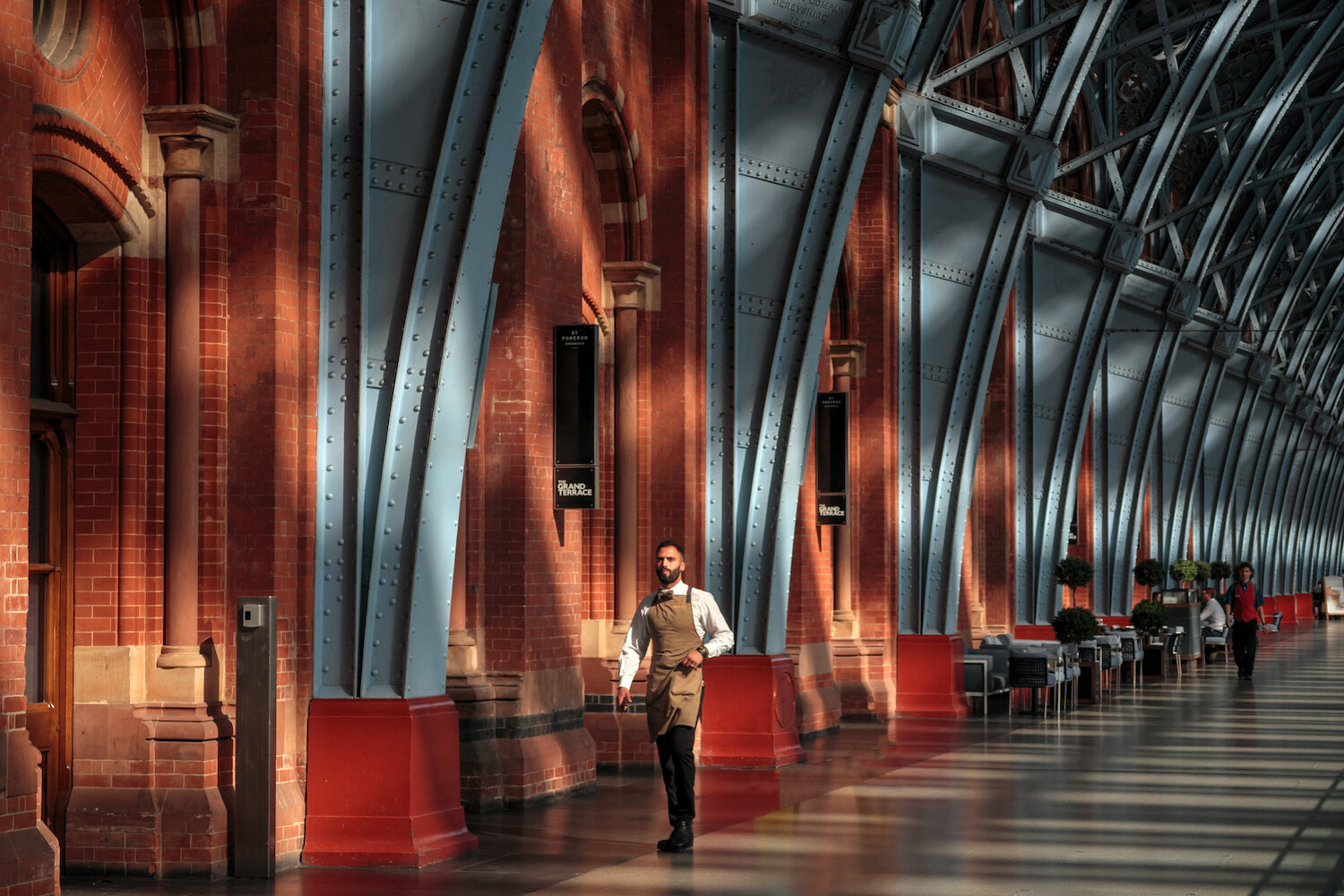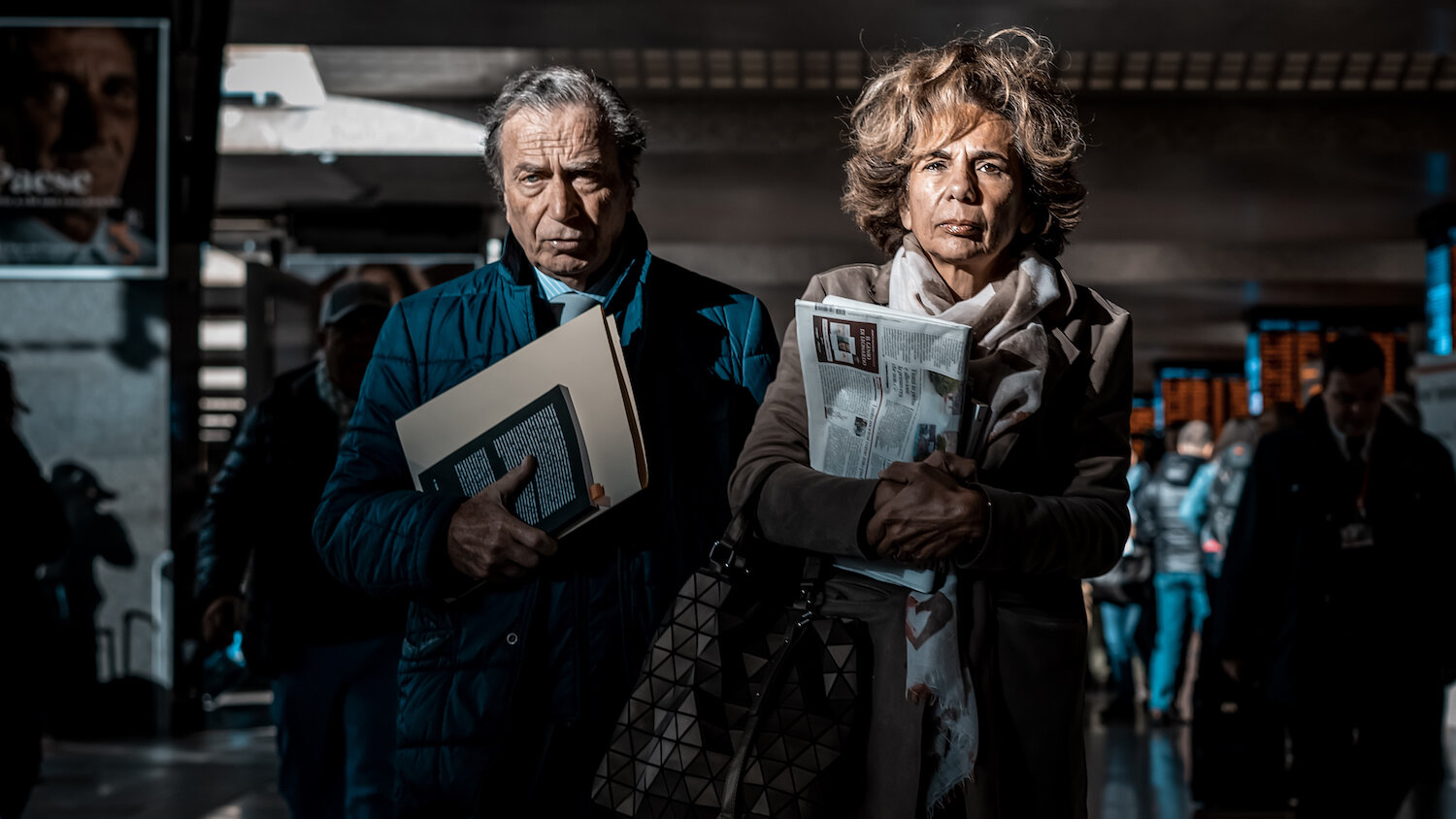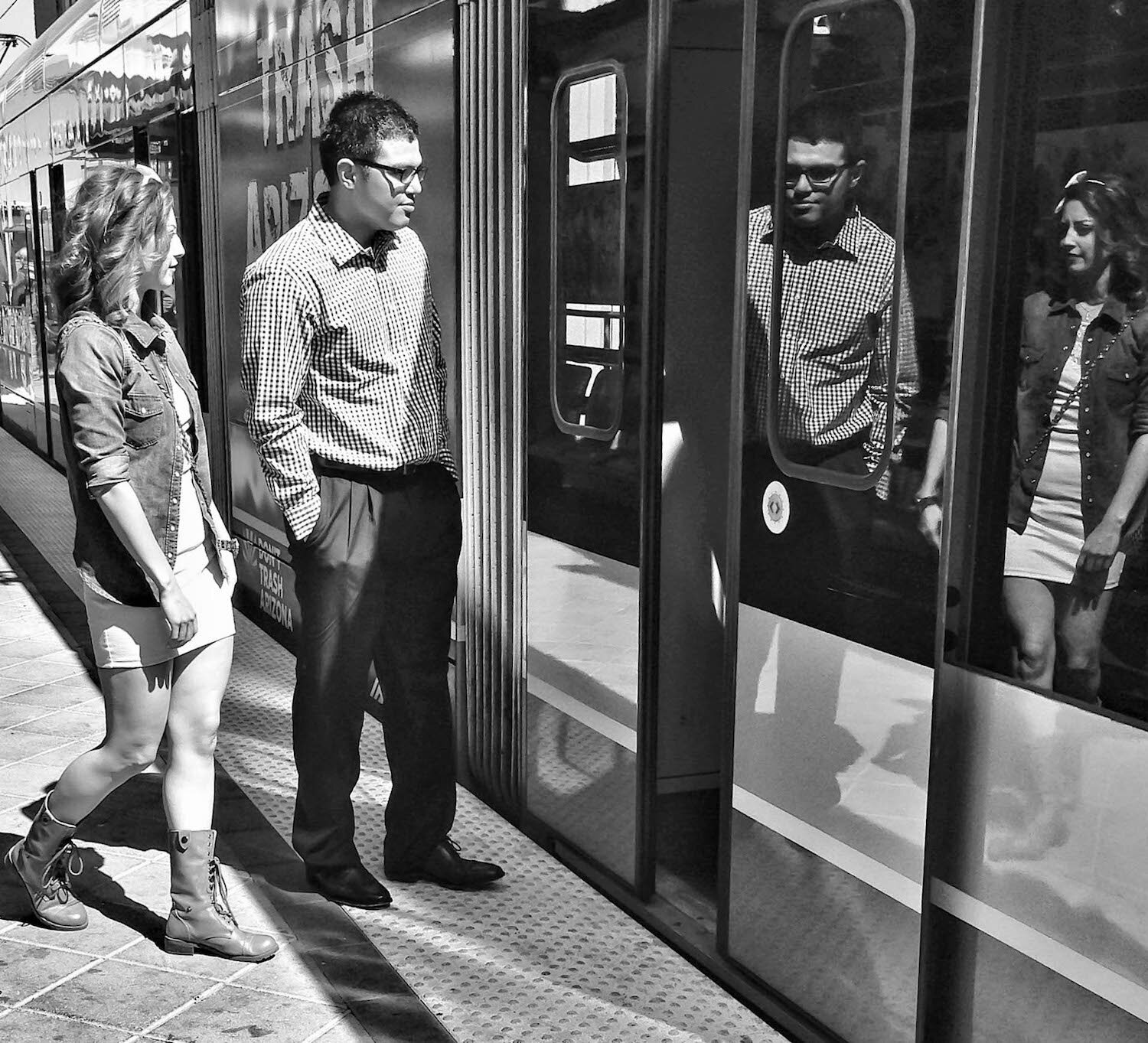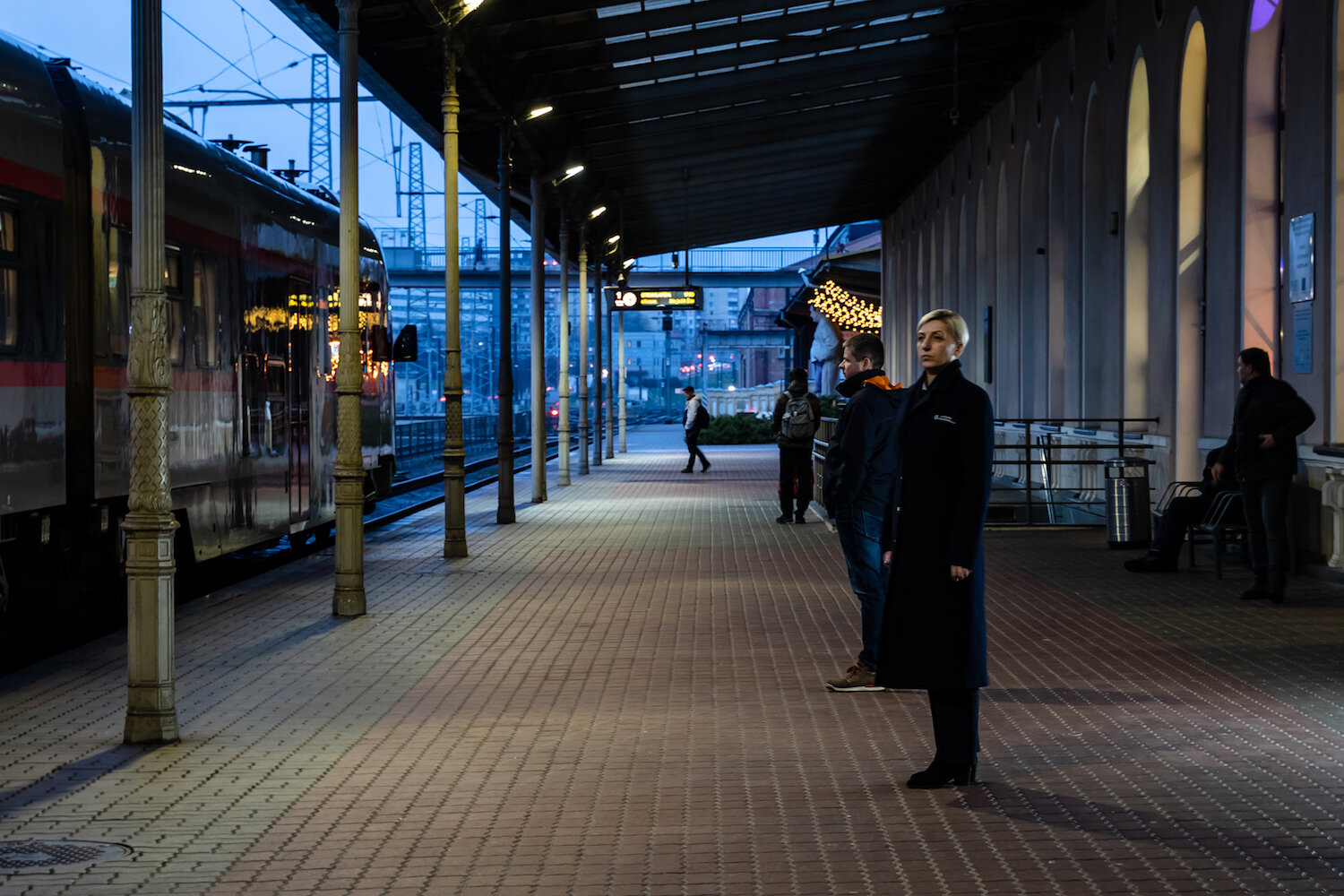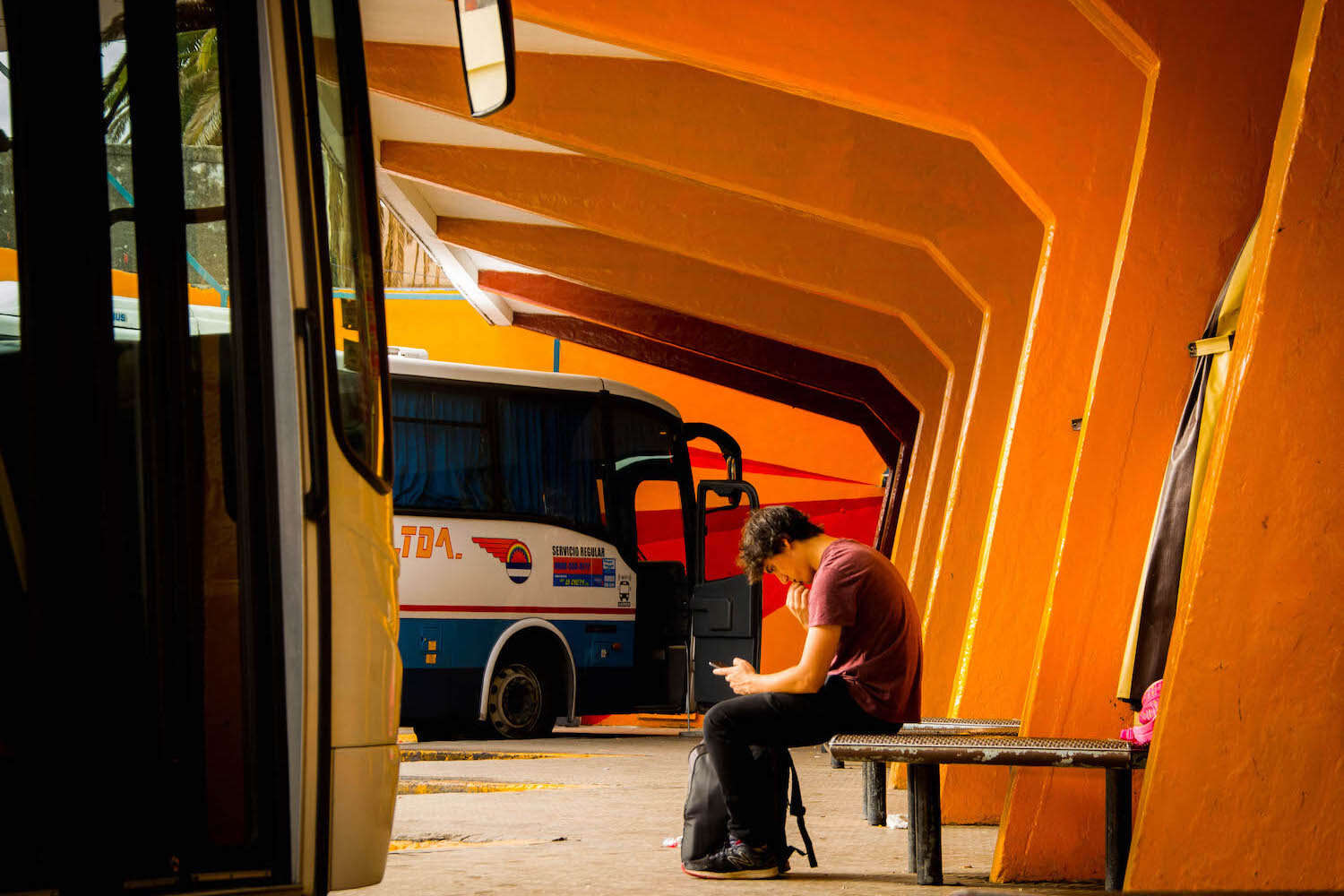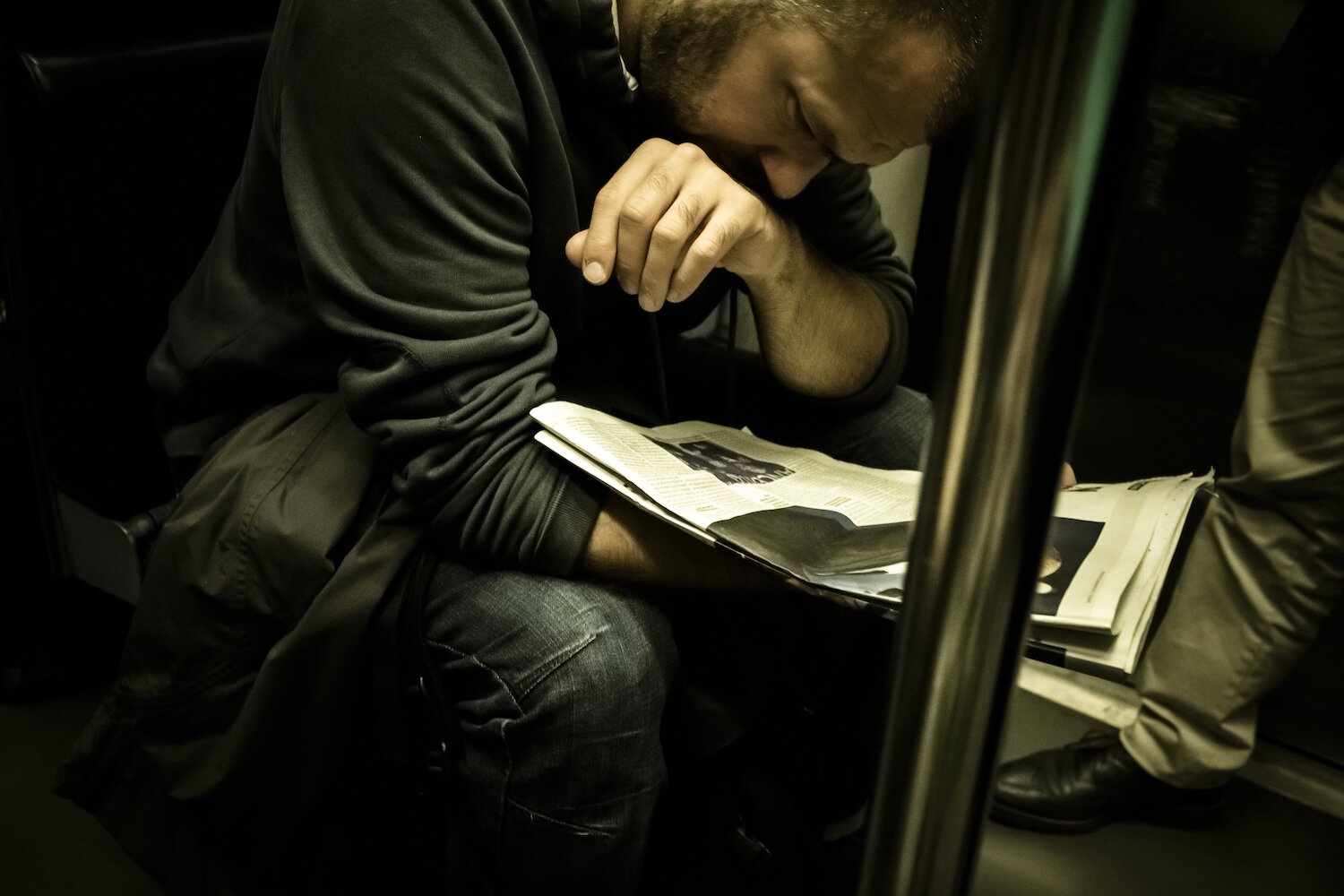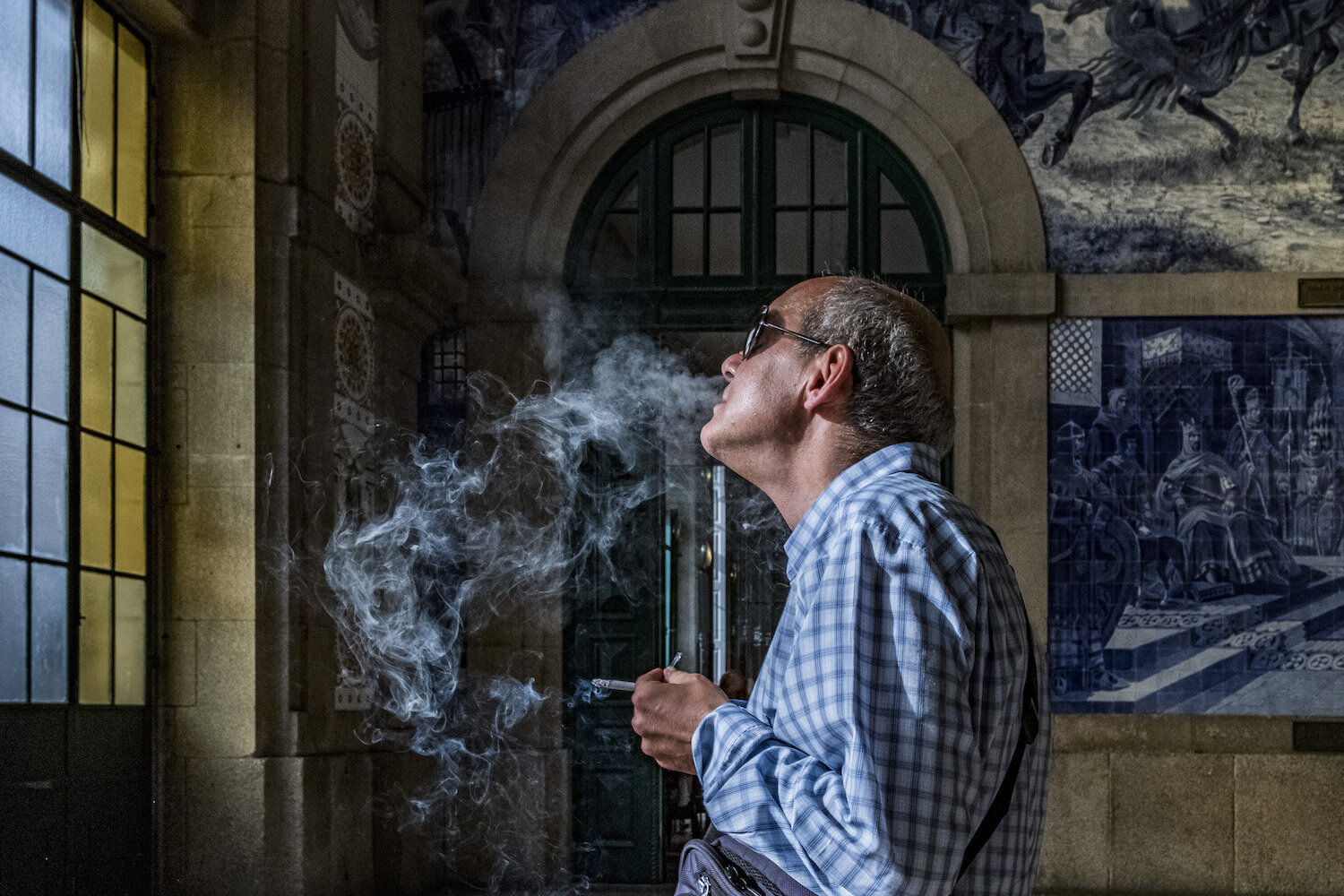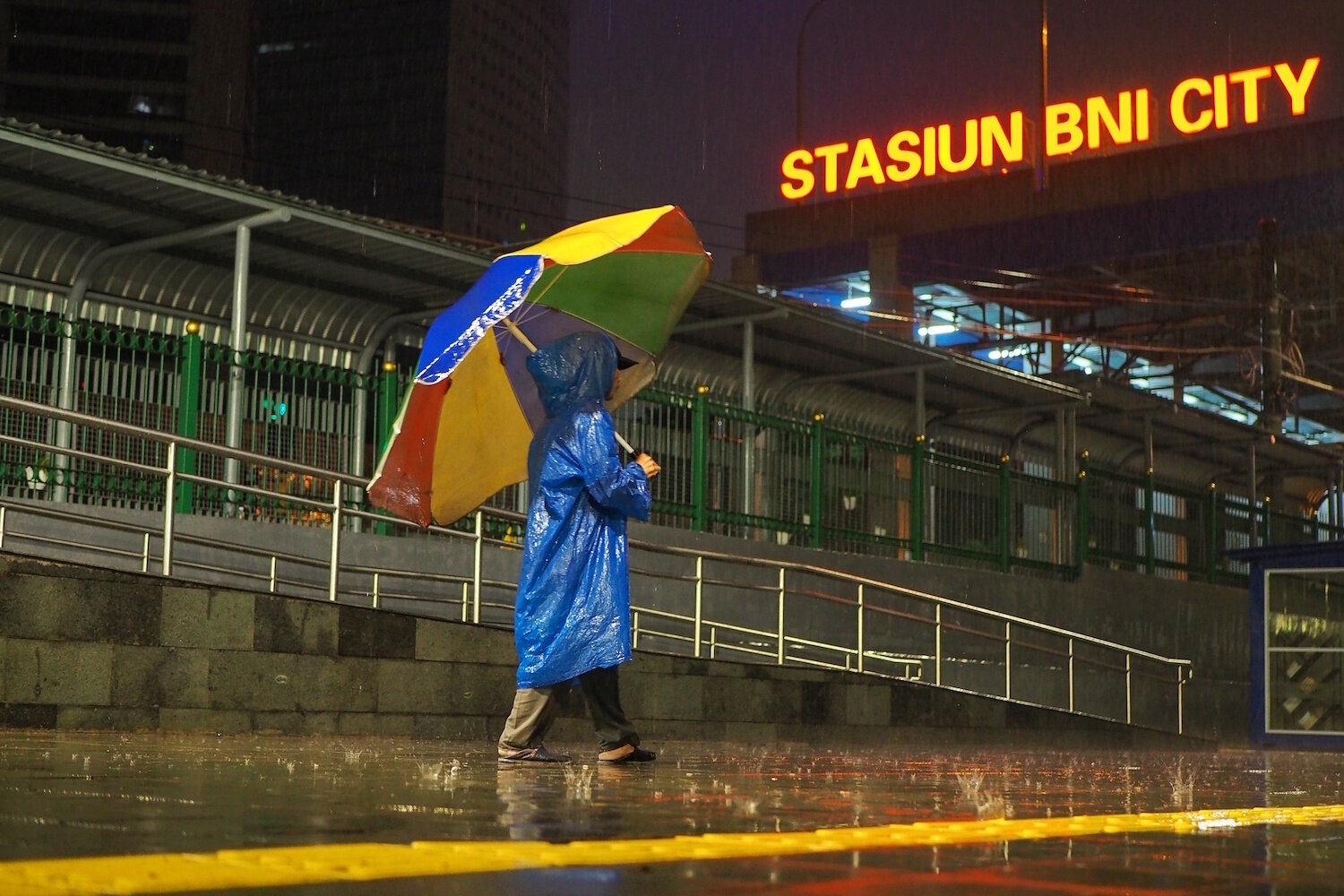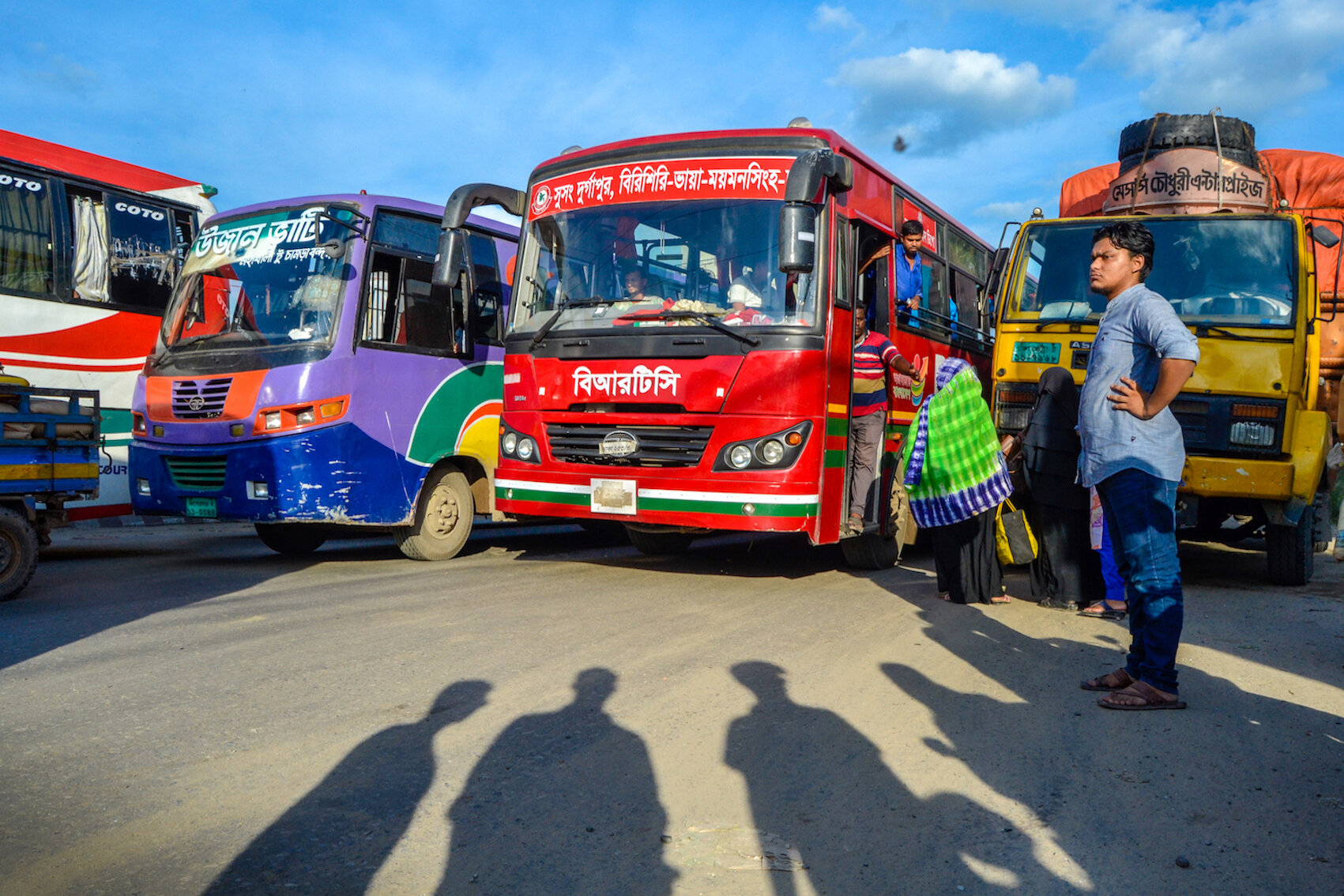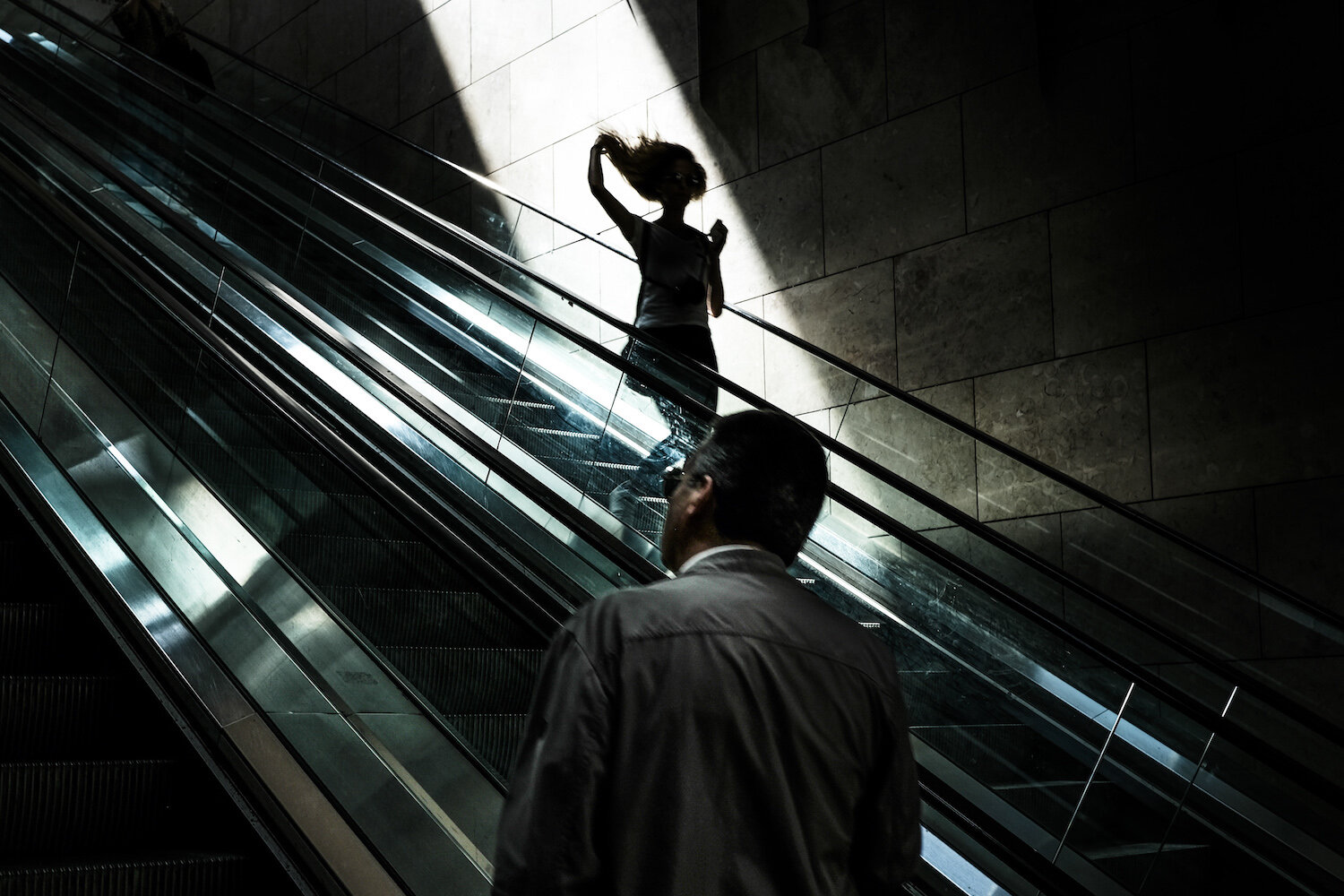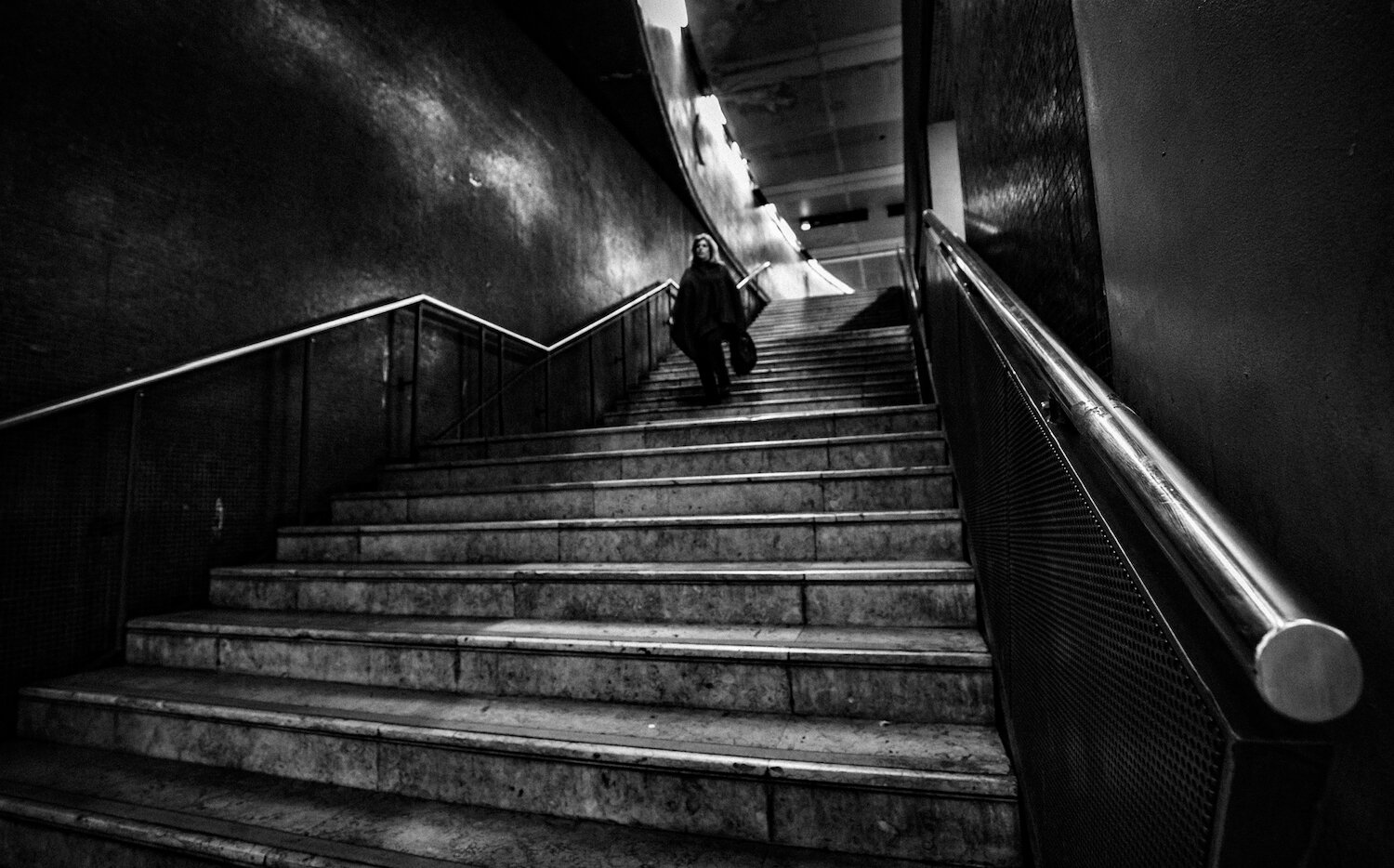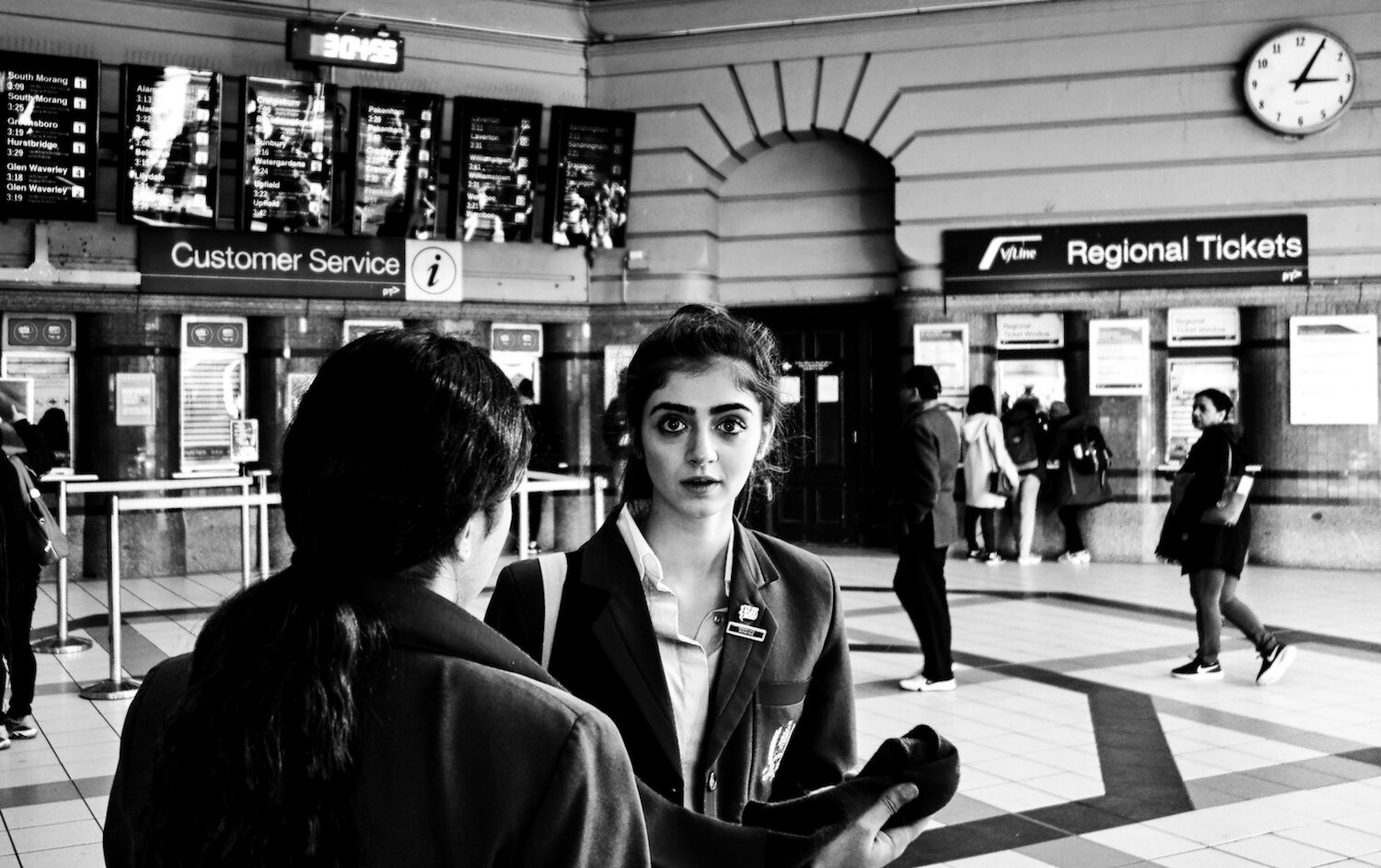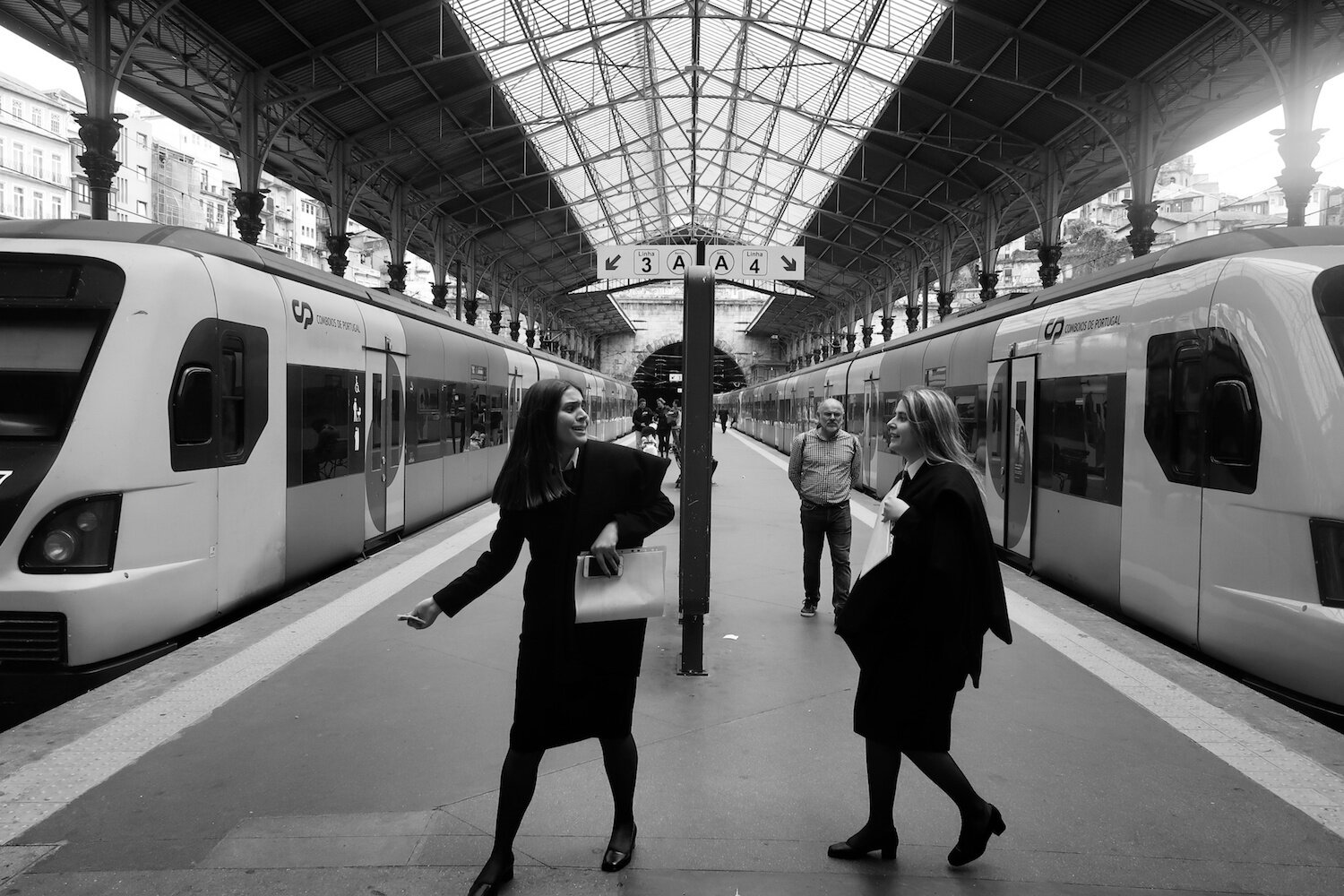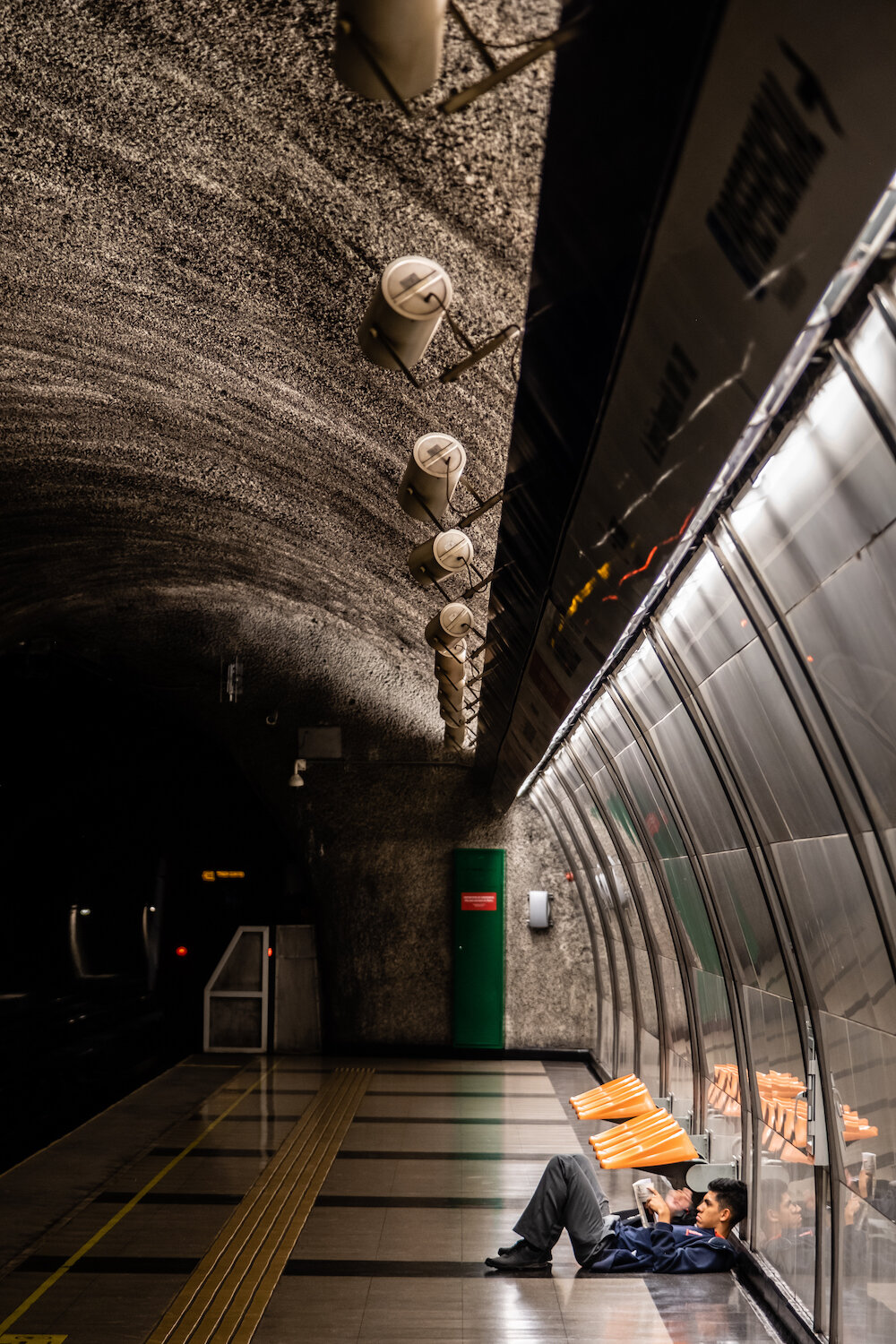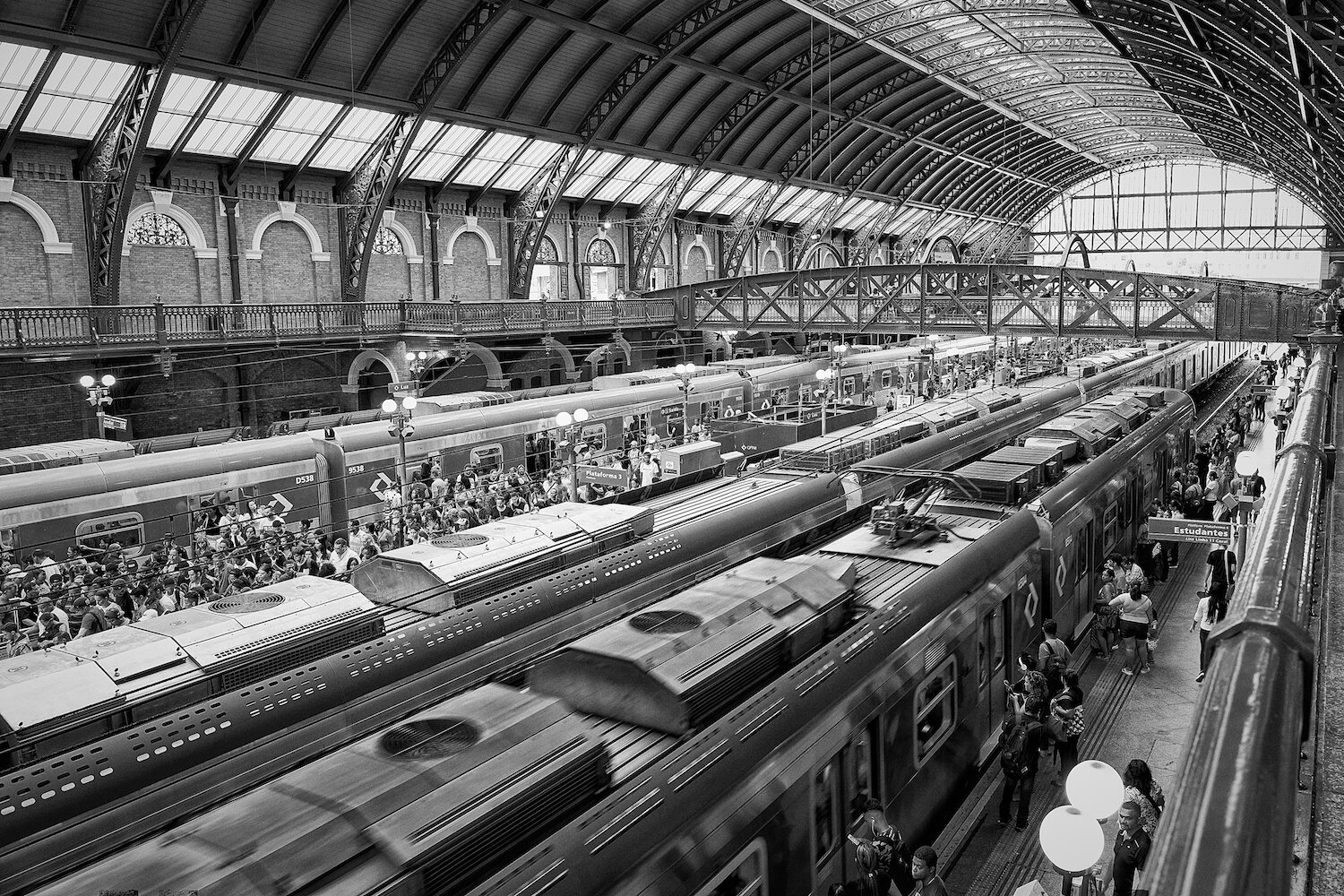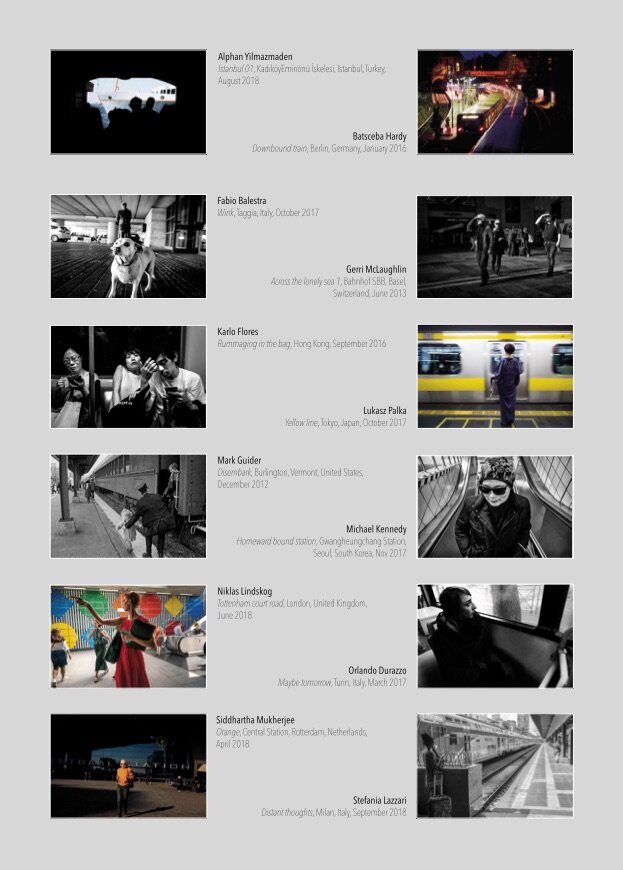“I avoid photographing people or scenes that, due to their violence, obscenity, racism or religious beliefs, go beyond what is acceptable, even from a documentary or journalistic photo point of view.”
Ed è proprio questa grande sensibilità e rispetto che traspare dalle foto in bianco e nero scattate da João Coelho in Angola il suo paese di origine. Tornato nel luogo in cui è nato ed ha trascorso la sua infanzia, l’artista, dopo 10 anni di inattività fotografica, ha ripreso ad esprimersi attraverso la sua canon, spronato dal fascino emotivo e sentimentale esercitato da questa terra abbandonata da adolescente ma il cui ricordo è rimasto ben impresso nella mente dell’artista.
Osservando il susseguirsi dei suoi scatti entrerete in un mondo fatto di semplice immaginazione. Ciò che viene documentato dal fotografo è infatti il gioco di un gruppo di bambini di 6 e 7 anni in Angola, più precisamente sulla cosiddetta Mabangas Beach dove si trova un’immensa distesa di gusci di conchiglie di Mabangas, un comune mollusco della costa occidentale dell’Africa che è molto apprezzato come aperitivo e come accompagnamento del pirao, una sorta di puree preparato con farina di manioca, alla base della cucina dell’Angola. Ognuna di queste conchiglie viene aperta dalle mani esperte di numerose donne che lavorano qui per vendere i mabangas nei diversi mercati che orbitano intorno alla capitale, Luanda.
Quello che rimane di questo faticoso e lungo lavoro sono le montagne di scheletri d molluschi che però acquistano nuova vita grazie a un gruppo di bambini che gareggia su di loro come se fossero delle montagne russe.
In questa parte del mondo i bambini non conoscono parchi divertimenti e giochi all’ultima moda, quello a cui possono affidarsi per potersi divertire è esclusivamente la loro sfrenata fantasia che gli permette di realizzare i loro giocattoli utilizzando ciò che il mare lascia sulle sponde della spiaggia quando si ritira con la bassa marea. Quelli che noi chiamiamo rifiuti, che ancora troppo spesso non vengono riciclati ma buttati in mare, come bottiglie di plastica, lattine di alluminio, pezzi di legno, polistirolo e reti da pesca vengono invece recuperati dai bambini e lavorati per dargli nuova vita trasformandoli in barche, macchine, pupazzi e molto altro ancora.
L’artista nel descrivere questi gruppi di bambini utilizza il termine “cameratismo” perché non è raro che fra di loro dividano il cibo, i giochi o i soldi guadagnati aiutando le madri, nonne e zie, come fanno i soldati al fronte. La loro vita è fatta di condivisione di quel poco che hanno ed è scandita dal ritmo del mare, del vento e del sole, questo per loro è la vera felicità.
Il loro gioco preferito è ovviamente lanciarsi dalla cima delle colline di gusci guidando i carapaci delle tartarughe lasciati dai pescatori sulla spiaggia dopo aver concluso il loro pasto. I più avventurosi si lanciano su questo slittino poco convenzionale in gruppi di tre, in altri casi i più esperti tengono sulle gambe i più piccoli per mostrargli come funziona il gioco. Conclusa la ripida discesa, l’adrenalina si mischia alla gioia, alle risate e alle urla dei bambini che trovano che questo sia il divertimento più bello del mondo. Quanto poco ci vorrebbe per essere felici eppure noi osserviamo con tenerezza, e forse con un pizzico di compassione ,il loro gioco così semplice quando in realtà avrebbe più senso che questi bambini provassero tali sentimenti nei nostri confronti. Schiavi del mercato, eterni insoddisfatti sempre alla ricerca dell’ennesimo oggetto da comprare, la maggior parte delle persone è abituata a non fare rinunce, cosa che si è palesata durante questa pandemia in cui la maggior parte degli italiani ha cercato di eludere le normative per motivi futili perché nel nostro paese si elogiano i furbi e non chi rispetta le regole. Ci accontentiamo di gioie effimere e spesso non conosciamo cosa sia il reale significato della parola felicità. Collezioniamo montagne di oggetti, giocattoli e le ultime novità in campo tecnologico giudicando una persona dal modello di smartphone che possiede o al numero di follower sui social.
Coelho, grazie alla riscoperta delle sue origini e al rapporto sincero creato con le persone che popolano le sue fotografie, ha confessato di essersi trasformato in una persona molto più semplice e umana ripensando alle priorità della propria vita. Per entrare nel mondo degli angolani e farsi accettare nella loro comunità ha dovuto infatti mostrarsi umile e semplice come loro, magari conoscere la loro lingua o ancora meglio il loro slang rispettando la loro privacy e i momenti di silenzio.
La vita dell’artista è stata arricchita dagli incontri vissuti in questo luogo e siamo certi che le sue fotografie vi faranno conoscere un tipo di gioia diverso e uno spaccato di mondo lontano dal nostro e dal quale possiamo imparare molto.
La mostra è inserita all’interno del progetto DISCOVERY la fresca e vivace sezione espositiva dedicata alla nuove proposte che, c|e contemporary in linea con il suo programma internazionale, propone e che si caratterizza per la selezione di artisti il cui lavoro si contraddistingue per essere di elevata qualità ma non ancora inserito nel mondo dell’Arte Contemporanea.
Il linguaggio privilegiato dalle scelte curatoriali per questo luogo di aggregazione è quello della fotografia, qui utilizzato dagli artisti attraverso estetiche e ricerche differenti, per riflettere e tentare di dare risposte ai grandi interrogativi del nostro tempo.
Questo progetto, risultato di un lavoro di ricerca e scouting che ha caratterizzato fin dalla sua fondazione la filosofia di c|e contemporary, ha trovato nel motto di Berthe Weill: “Place aux jeunes” (inteso nel senso di spazio all’entusiasmo, alla sincerità senza condizionamenti nella ricerca creativa) la sua sintesi concettuale e la sua concretizzazione nell’incontro con Batsceba Hardy, che con il suo gruppo internazionale di fotografi – Progressive Street – è alla perenne ricerca di “un altro mondo, ma in questo”, come le ha insegnato W.B. Yeats.
Una parte dello spazio espositivo si è così trasformato in un vero e proprio laboratorio e incubatore artistico che, in contemporanea con le mostre di galleria, dà vita ad un calendario di proposte al di fuori degli schemi.
Gli allestimenti periodici dell’area Discovery danno a collezionisti e appassionati di arte contemporanea l’opportunità di vivere l’esperienza personale della scoperta entrando in contatto con artisti che hanno avviato la loro carriera con progetti concettualmente rilevanti.
Ogni mostra è documentata da una pubblicazione e talora da talk di approfondimento”
non dimenticare di taggarci negli scatti che realizzerai durante la tua visita
#ridingtheturtles #cecontemporary #cecontemporarydiscovery @cecontemporary @progressivestreet @joaocoelho_photography
PROJECT INTRODUCTION
Riding the turtles by João Coelho is the second exhibition designed for Discovery, the fresh and lively exhibition section dedicated to the new proposals that c|e contemporary, consistent with its international program, offers. It is characterized by the selection of artists whose work stands out for being of high quality but not yet readily available in the world of Contemporary Art.
The privileged language of the curatorial choices for this meeting place is that of photography, used here by artists through different aesthetics and ideas explored, as they react and try to give answers to the great questions of our time.
This project is the result of a research and scouting work that has characterized the philosophy of c|e contemporary since its foundation. The meaning can be found in Berthe Weill’s motto: “Place aux jeunes”; understood in the sense of space for enthusiasm, sincerity without conditioning in creative research. It’s conceptual synthesis and its concretization happened as a direct result of the meeting with Batsceba Hardy, who with her international group of photographers - Progressive Street - is perpetually searching for “another world, but in this”, as WB Yeats taught her.
A part of the exhibition space has thus been transformed into a real laboratory and artistic incubator which, simultaneously with the gallery exhibitions, gives life to a calendar of unconventional proposals. The periodic displays of the Discovery area give collectors and fans of contemporary art the opportunity to live the personal experience of discovery by coming into contact with artists who have started their careers with conceptually relevant projects.
Each exhibition is documented by a publication and sometimes by in-depth talks
Christine Enrile Artistic director and coordinator of c|e contemporary
THE BEACH OF FATIGUE AND FANTASY
In a close relationship with his native land (Angola, where he returned, after having had to leave it for many years) João Coelho defends his being a photographer out of necessity, his strength and dedication are of the great documentary maker, little worried about “professional” label. In one of his reports, he revealed, in a magnificent setting, the popular dedication to the ancient cults of the “Baobabs”, mighty plant deities. Now, as if speaking of the ancestral creation of the world on the backs of huge tortoises, the photographer, in love discoverer, plays another myth, protagonists unleashed kids who tumble and throw themselves head and belly down on the mounds formed of turtle shells and shells of crustaceans.
What is striking about Coelho’s work – slow, as he confesses, of continuous research – are the choice of the lens, a deep wide-angle, the perfect violent black and white, the ability to blend into the landscape thus becoming an invisible witness and evocator of magic, absolutely new for us inhabitants of another continent.
In the gang of kids conquering a fantastic universe aboard improvised terrestrial “boats”, there is much more happiness than in our world of well-being. But behind the joy of these images, there is a harsh reality. None of these children attends school, they work on these beaches – there are only two near the capital Luanda –, helping mothers and grandmothers to extract shell sh and pearls. Once they reach adolescence, they disappear to go to the city or turn into fishermen like their fathers. Or in doing nothing men who exploit the work of their women.
It is said that it all began at the time of the civil war, about twenty years ago, when fishermen brought dried seashells inside to exchange them for agricultural products. Some women, who came from the hinterland to buy fresh seashells, discovered the abundance of “Mabanga” crustaceans and two of them moved to live on these beaches, creating this business.
They sell them raw, and at the end of the day they cook them to keep them from rotting. The day is heavy, you have to negotiate the price with the fishermen, transport the “Mabangas” in heavy bowls to the hills, where they begin to break. João Coelho says that the families, who have handed down this business, always occupy the same place. But this is another of the wonderful stories of this photographer.
Batsceba Hardy

